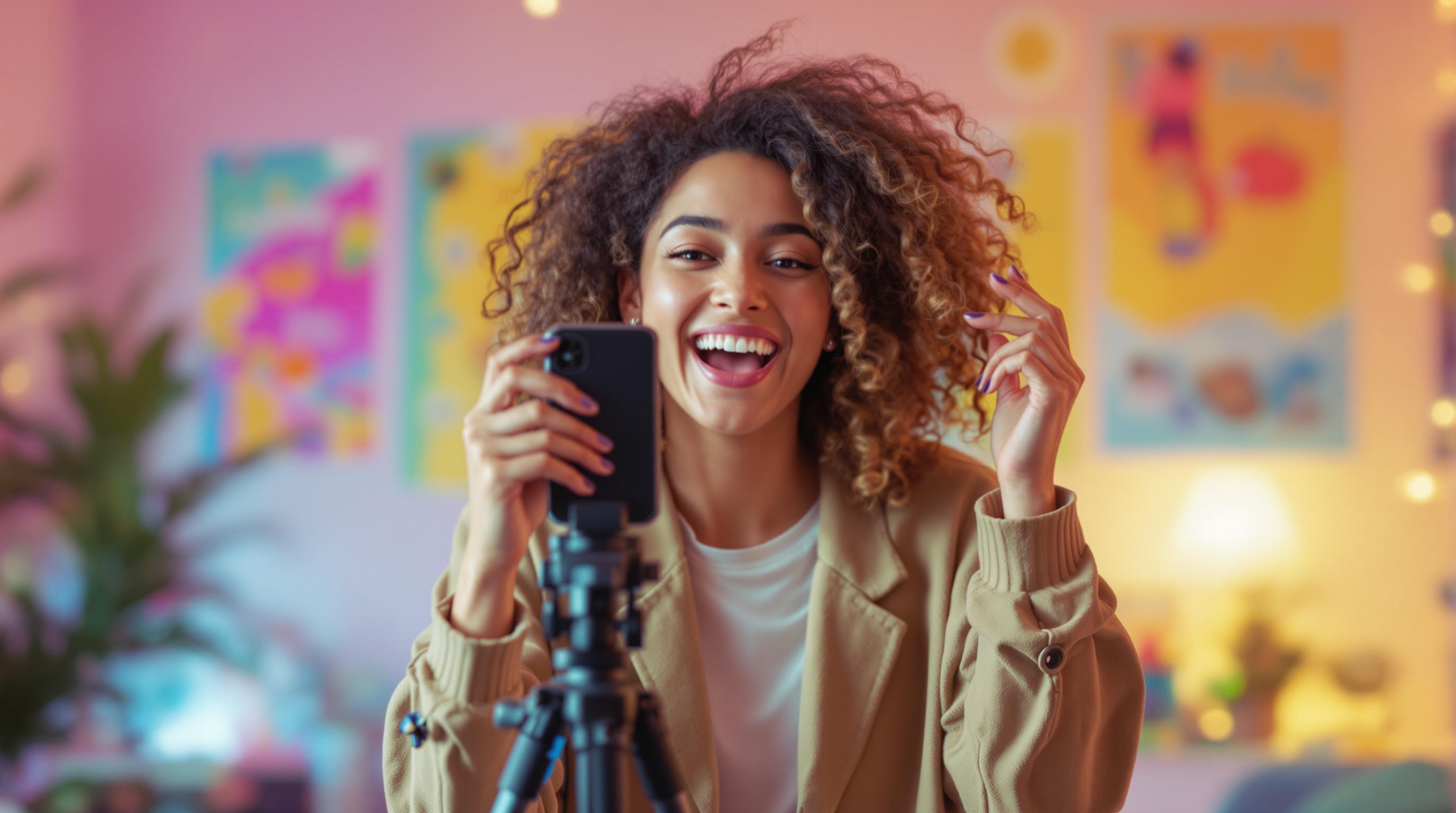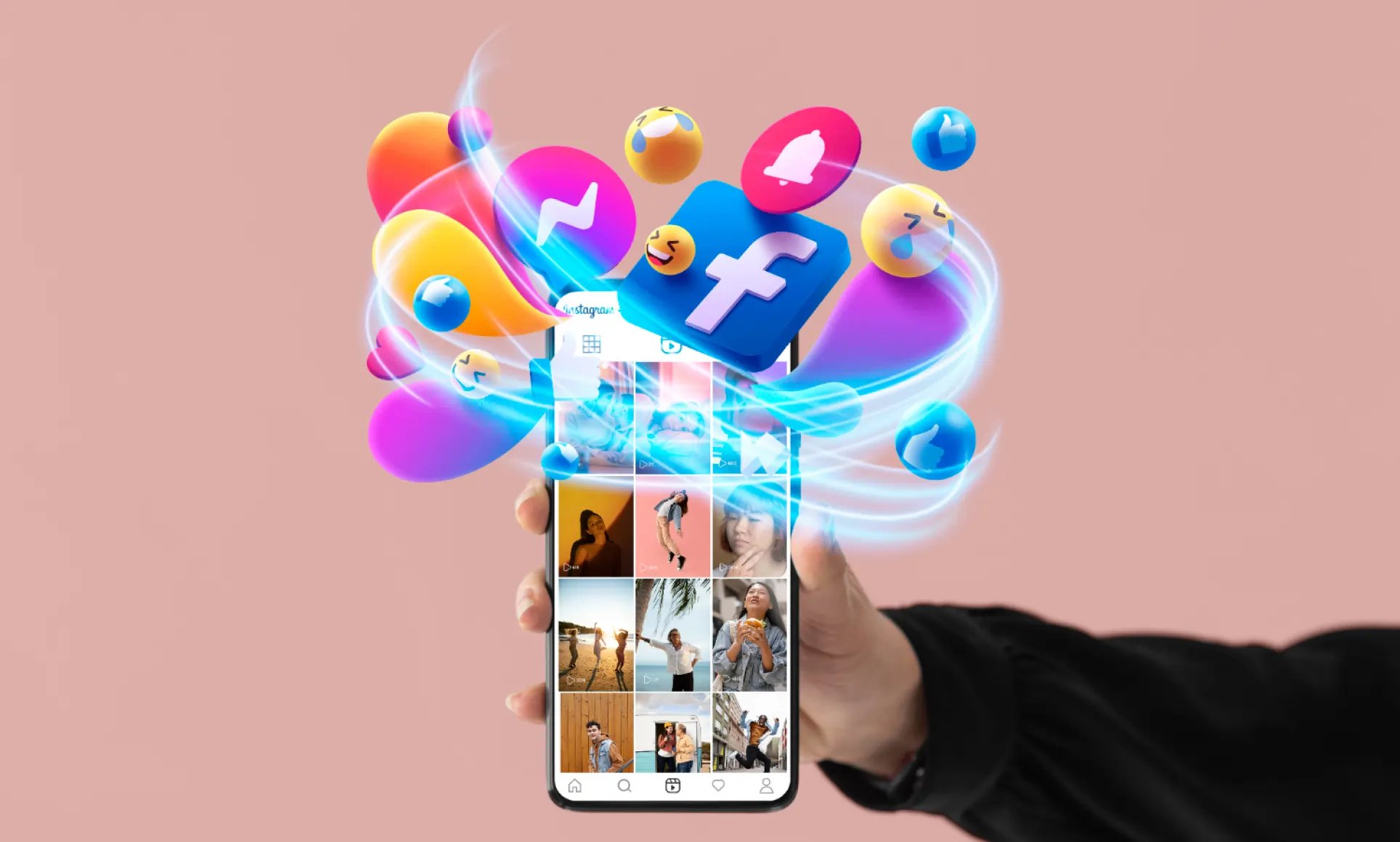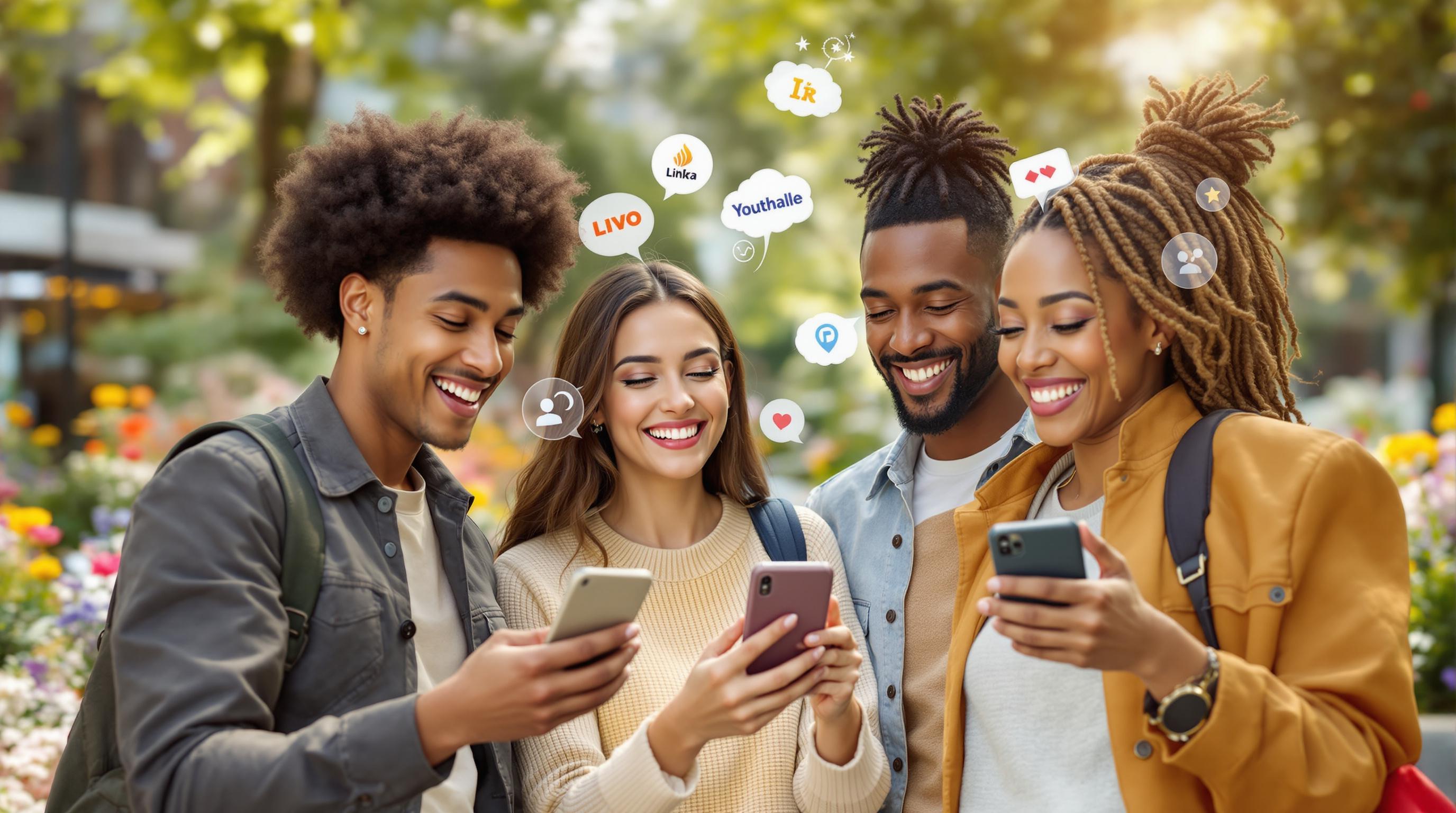
AR filters in advertising are transforming how brands engage with audiences. These interactive tools combine real-time visuals with digital overlays, offering unique experiences that drive results. Here's what you need to know:
- Higher Engagement: Users spend 75 seconds on average with AR filters - 4x longer than non-AR content.
- Better Recall: AR campaigns improve memory retention by 70% and boost conversion rates by 94% over traditional ads.
- Platform Integration: Platforms like Instagram and TikTok provide branded AR tools for interactive campaigns.
- Real Success Stories:
- McDonald's Lunar New Year AR game increased cultural connection and engagement.
- Kylie Cosmetics' AR try-on drove a 400% jump in online sales conversions.
- Puma's AR game led to 231% more leads and a 10.23% rise in conversion rates.
AR ads aren't just a trend - they're proving to be a powerful tool for boosting sales, engagement, and brand loyalty. Keep reading for campaign insights, metrics, and tips for success.
McDonald's AR Game Case Study: Success with Instagram AR Ads
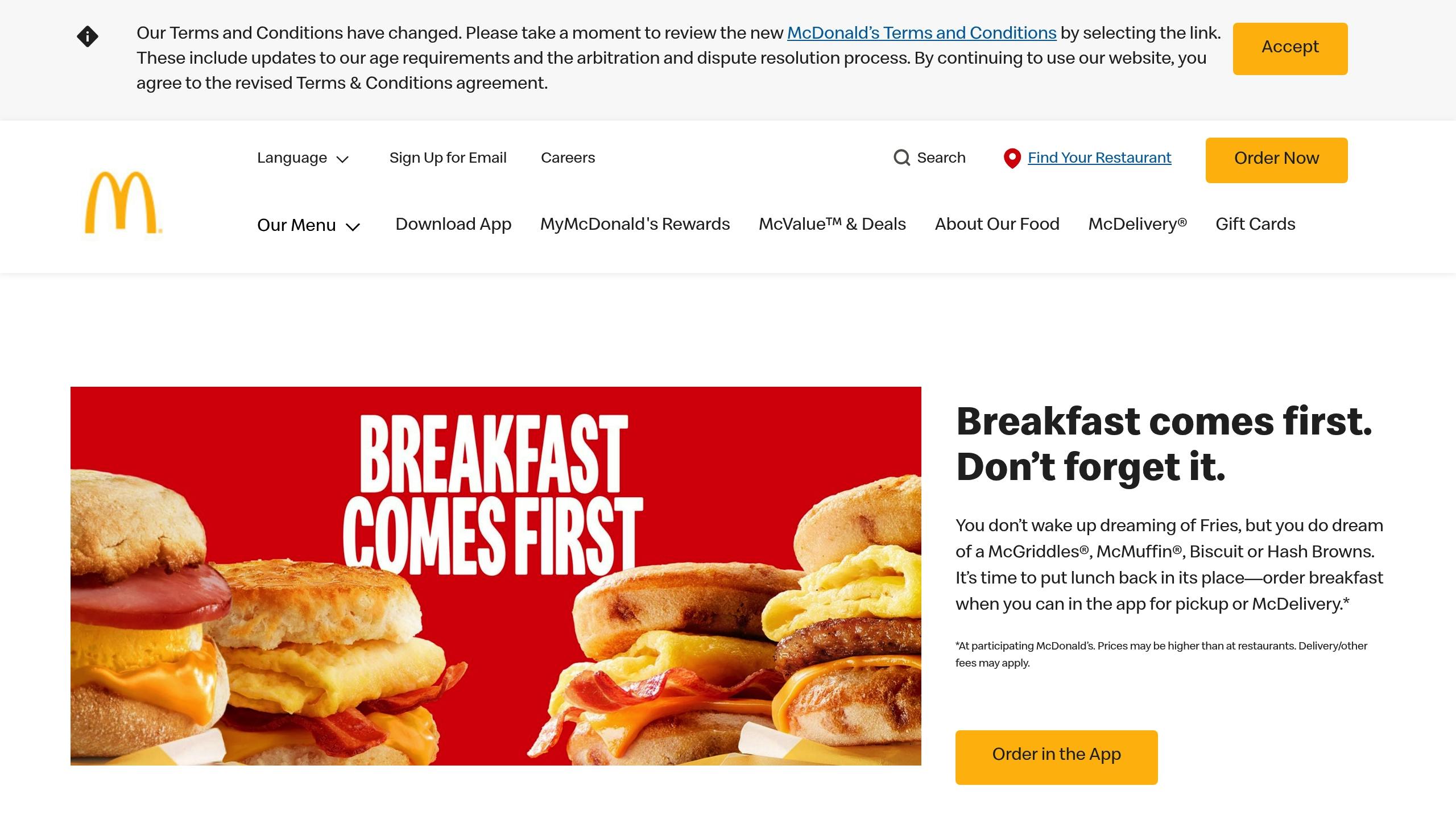
McDonald's AR Game Results
McDonald's Lunar New Year 2023 AR campaign successfully combined technology with cultural traditions, showcasing how augmented reality (AR) can enhance digital marketing efforts.
The campaign's goals were clearly defined and led to strong engagement metrics.
Campaign Goals
McDonald's set out to:
- Celebrate Lunar New Year traditions in a modern way
- Build connections with the AAPI community
- Attract tech-savvy audiences
These objectives guided the campaign's design and execution.
"We know our fans live at the intersection of innovation and culture and that's where McDonald's needs to meet them", said Elizabeth Campbell, McDonald's senior director of cultural engagement strategy .
Performance Data
The campaign centered around an Instagram AR filter game where users balanced virtual coins. This interactive feature was part of a broader digital strategy that included:
| Campaign Component | Platform | Key Feature |
|---|---|---|
| AR Filter Game | Virtual coin balancing challenge | |
| Metaverse Experience | Spatial | Interactive virtual environment |
| AI-Powered Commercial | Social Media | 3D scene visualization |
Marketing Tips
Here are some takeaways from McDonald's campaign:
-
Cultural Relevance Matters
McDonald's showed how blending cultural celebrations with AR technology can resonate with audiences. The AR filter wasn't just fun - it connected meaningfully to the occasion. -
Use Multiple Platforms
The campaign combined AR filters, metaverse experiences, and AI-powered content to engage users across various digital spaces, creating a cohesive and interactive experience.
"Culturally relevant campaigns are driving growth and elevating the entire brand. We will continue to lean into that strategy and scale platforms across markets to find new ways to tap into the zeitgeist and have fun with our customers", McDonald's shared .
This campaign proved that AR experiences can move beyond gimmicks to create deeper connections with audiences. By tying gamification to cultural significance, McDonald's achieved both meaningful engagement and broader marketing goals.
Kylie Cosmetics AR Try-On Results
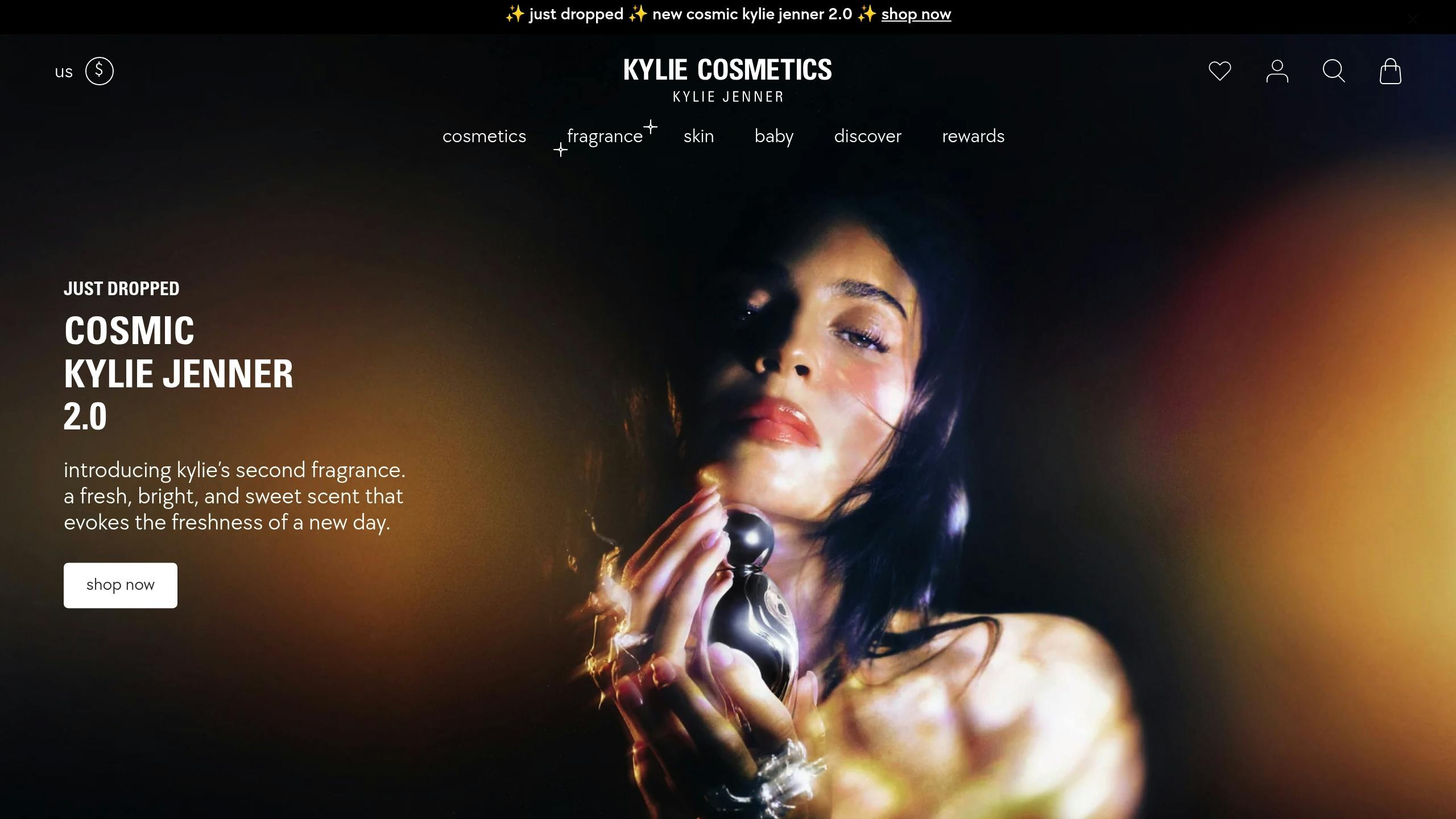
Campaign Structure
In August 2018, Kylie Cosmetics introduced an Instagram AR filter campaign that let users virtually try on seven of its most popular lip colors, including shades like Candy K, Dolce, and Posie K . Through their smartphone cameras, users could see how these shades looked in real time.
Here’s how the campaign was structured:
| Feature | Description |
|---|---|
| Access Point | Instagram camera face button |
| Required Connection | Follow Kylie Jenner or access via a friend's connection |
| Sharing Options | Videos, Boomerangs, and selfies shared to Stories |
| Product Range | Seven top-selling lip colors |
| Platform Integration | Instagram's native AR filter technology |
This setup made it easy for users to interact with the brand while driving both engagement and sales.
Sales and User Data
The campaign delivered strong results, thanks to its thoughtful design and Kylie Jenner's massive Instagram following of 112 million at the time . Research showed that 12% of U.S. cosmetics users were already Kylie Cosmetics customers , giving the campaign a solid base to build on.
According to Perfect Corp., brands using similar AR beauty tools often report:
- A 400% jump in online sales conversions
- A 200% rise in in-store purchases
- An 8% drop in product returns
Jean-Denis Mariani, Coty Inc.'s chief digital officer, highlighted AR's potential, saying:
"AR try-on is expected to be a 'huge' conversion driver and increase the average order value for these brands" .
Beauty Industry AR Guide
For beauty brands looking to follow Kylie Cosmetics’ lead, there are three main strategies to consider:
- Technical Precision: Ensure AR filters match product colors and textures as closely as possible. Kylie Cosmetics prioritized realistic visuals to build user trust.
- Seamless User Experience: Make the process simple and intuitive. The campaign allowed users to test shades quickly, without unnecessary steps.
- Smart Distribution: Focus on easy access to AR tools, which can significantly boost conversion rates.
Alice Chang, CEO of Perfect Corp., emphasized the growing role of AR in the beauty industry:
"As the world emerges from the pandemic and consumers turn to digital channels … AR and AI technologies are set to become a mainstream component of every brand's digital transformation strategy" .
This campaign marked Kylie Cosmetics’ first foray into virtual product testing, previously relying only on its website and pop-up stores . It showcased how AR can effectively bridge the gap between online shopping and the experience of testing makeup in-store.
sbb-itb-3858882
Puma's AR Game Performance
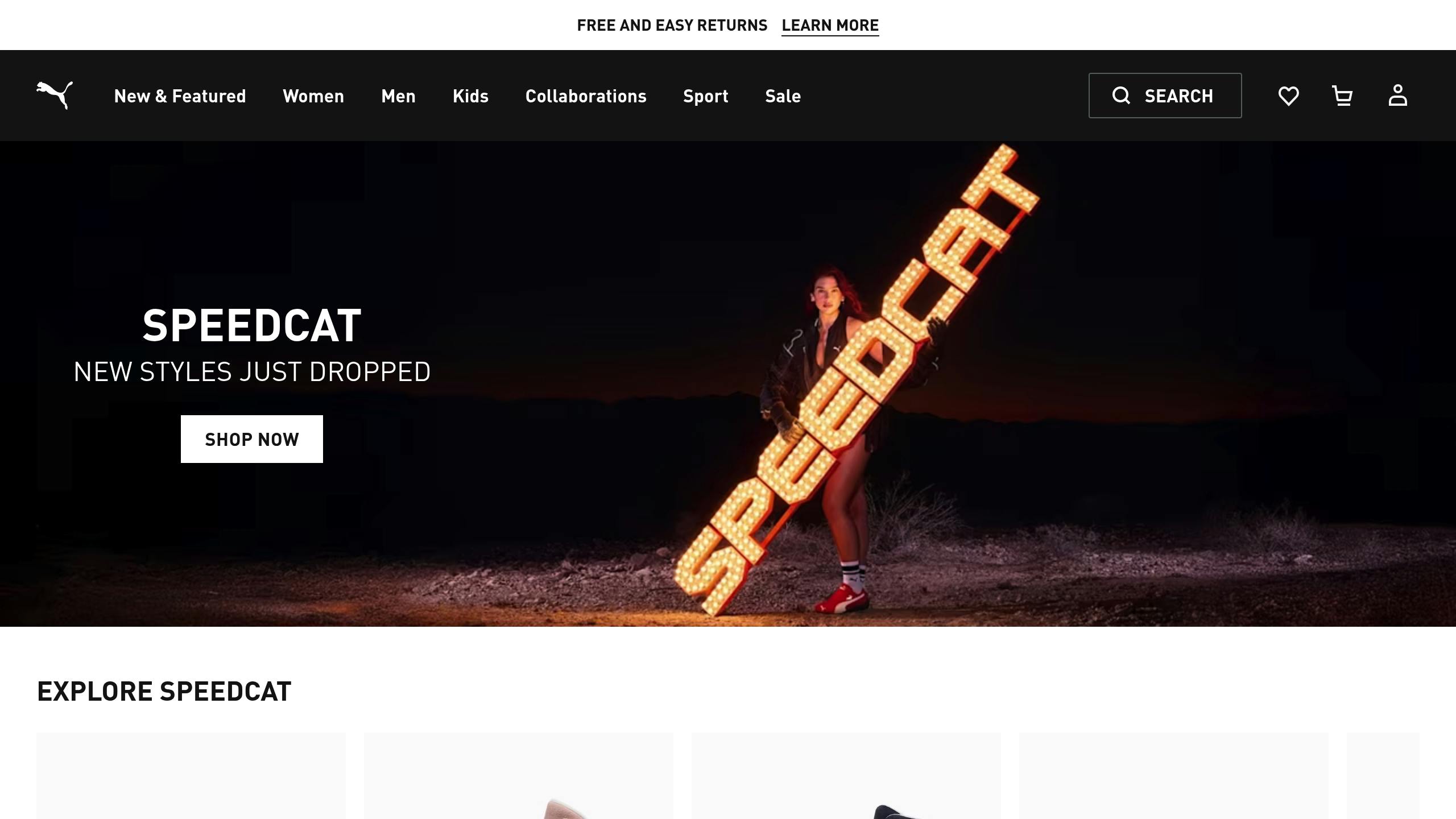
Campaign Setup
In April 2020, Puma introduced the 'Puma Rider Instagram Augmented Reality' campaign in India to showcase their Rider Sneakers. The campaign featured an interactive AR filter that allowed users to virtually try on sunglasses.
The campaign was built around three main components:
| Component | Details |
|---|---|
| Platform | Instagram's native AR filters |
| Visual Elements | Retro-colored sunglasses for virtual try-ons |
| Target Market | Young, fashion-forward consumers |
| Distribution | Promotion through celebrities and organic sharing |
Engagement Numbers
This campaign delivered impressive results:
- Over 4 million impressions
- Lead submissions increased by 231%
- Coupon usage grew by 163%
- Conversion rates rose by 10.23%
- Average order value improved by 5.53%
"It was important that we focused on creating incentives for users to purchase from PUMA. Insider's gamification and social proof templates helped boost the engagement on our products. This drove conversions and generated leads like nothing else we have done."
These figures highlight the campaign's success and provide valuable insights for future marketing strategies.
Marketing Lessons
Puma's campaign offers several takeaways for leveraging AR in marketing:
- Strategic Alignment: The AR campaign was carefully designed to align with Puma's goal of connecting with young, trend-conscious consumers .
- Localized Approach: While maintaining global brand consistency, the campaign was tailored to resonate with the Indian audience .
- Broader Impact: The campaign's influence extended beyond Instagram, driving leads, sales, and conversions. This demonstrates how a well-executed AR strategy can create meaningful engagement and business growth.
AR Ad Success Factors
Successful Campaign Elements
High-performing AR campaigns often share a few key ingredients that contribute to their success. Here's a breakdown of what works:
| Element | Impact | Example |
|---|---|---|
| Clear Objectives | Keeps the campaign focused and effective | Wendy's collaboration with DJ Khaled earned 1.5M impressions |
| User Experience | Encourages interaction with an engaging interface | We MakeUp saw an average interaction time of 38 seconds |
| Brand Integration | Boosts message retention by up to 70% | Nestlé/Purina's #uptomischief campaign had 25% of users sharing content |
| Platform Selection | Ensures the campaign reaches the right audience | Leflair saw a 19% increase in products added to carts |
These elements not only deliver immediate engagement but also set the stage for future AR marketing innovations.
AR Campaign Metrics
To measure the success of AR campaigns, brands need to track data across several areas. Here's what to focus on:
| Metric Category | Specific Measurements | Industry Benchmark |
|---|---|---|
| Engagement | Time spent, shares, likes | Average dwell time of 75 seconds |
| Conversion | Click-through rates, purchases | Up to 250% increase in conversions (Shopify data) |
| ROI | Return on ad spend (ROAS) | 1.67x ROAS for AR lenses |
| Reach | Impressions, unique users | 71% adoption among Gen Z and Millennials |
These metrics provide a clear picture of how AR campaigns perform and where improvements can be made.
Next Steps in AR Ads
The future of AR advertising is shaping up to be a game-changer for digital marketing. With the market projected to hit $461.25 billion by 2030 , brands are exploring new ways to engage their audiences.
"I've been in advertising a long time and I've never heard of 70% of people asking for more ads of any kind in any context" .
Consumer interest in AR is on the rise - 60% already use it for shopping, and 84% are open to using it to guide purchase decisions . Key trends driving this growth include:
- Personalization: Tailoring AR experiences using advanced targeting techniques
- Integration: Blending AR features seamlessly with e-commerce platforms
- Analytics: Leveraging better tools to track engagement and conversions
- Cross-platform: Creating unified AR experiences across social media channels
For example, ViacomCBS's campaign for The SpongeBob Movie: Sponge on the Run resulted in a 29% sales lift , proving the potential of well-planned AR strategies. Brands that focus on delivering user-first designs and embracing these trends are positioned to thrive as AR advertising continues to evolve.
Conclusion
Looking at examples from McDonald's, Kylie Cosmetics, and Puma, it's clear that AR filters can boost both engagement and sales across various industries. The data from these campaigns highlights how effective AR filters can be for driving conversions and attracting new customers.
Here are some key factors contributing to their success:
| Success Factor | Impact | Industry Benchmark |
|---|---|---|
| User Engagement | 40% higher sharing rate than traditional posts | 28-second average interaction time |
| Brand Loyalty | 64% increase in brand loyalty | 79% show interest in AR product trials |
For instance, Mini's campaign featuring full-scale car models and Red Bull's Rock Paper Reality activation both outperformed traditional video marketing efforts. These examples demonstrate how AR filters can deliver better results in connecting with audiences .
"Snap truly understands how best to communicate through this innovative medium in a creative and interactive way that resonates with our audience. The [AR filter] campaigns we have run so far have been really successful so we are excited to bring this latest experience to our community to enjoy."
– Nicola Casey, UK & Ireland Marketing Director, Estee Lauder
For marketers, the goal is to create interactive AR experiences that provide clear value. Partnering with influencers can help extend reach and showcase how the filters work. Tracking both standard metrics and AR-specific ones ensures these campaigns fit smoothly into a broader social media plan.
As AR technology continues to evolve, brands using it effectively will stand out, especially with younger audiences. Gen Z and millennials are 71% more likely to engage with AR experiences . These case studies show that well-executed AR campaigns aren't just engaging - they're shaping the future of digital marketing strategies.



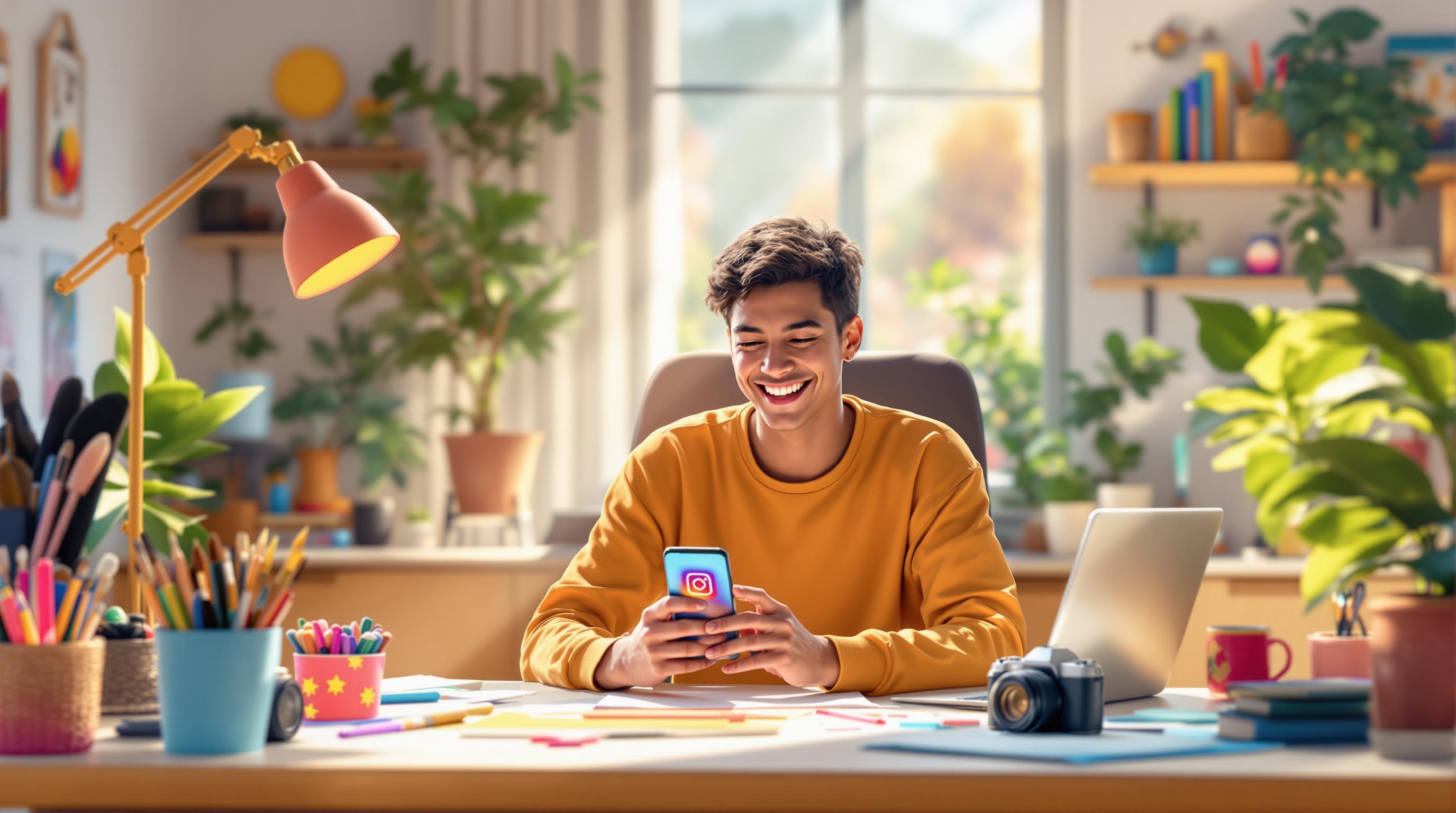
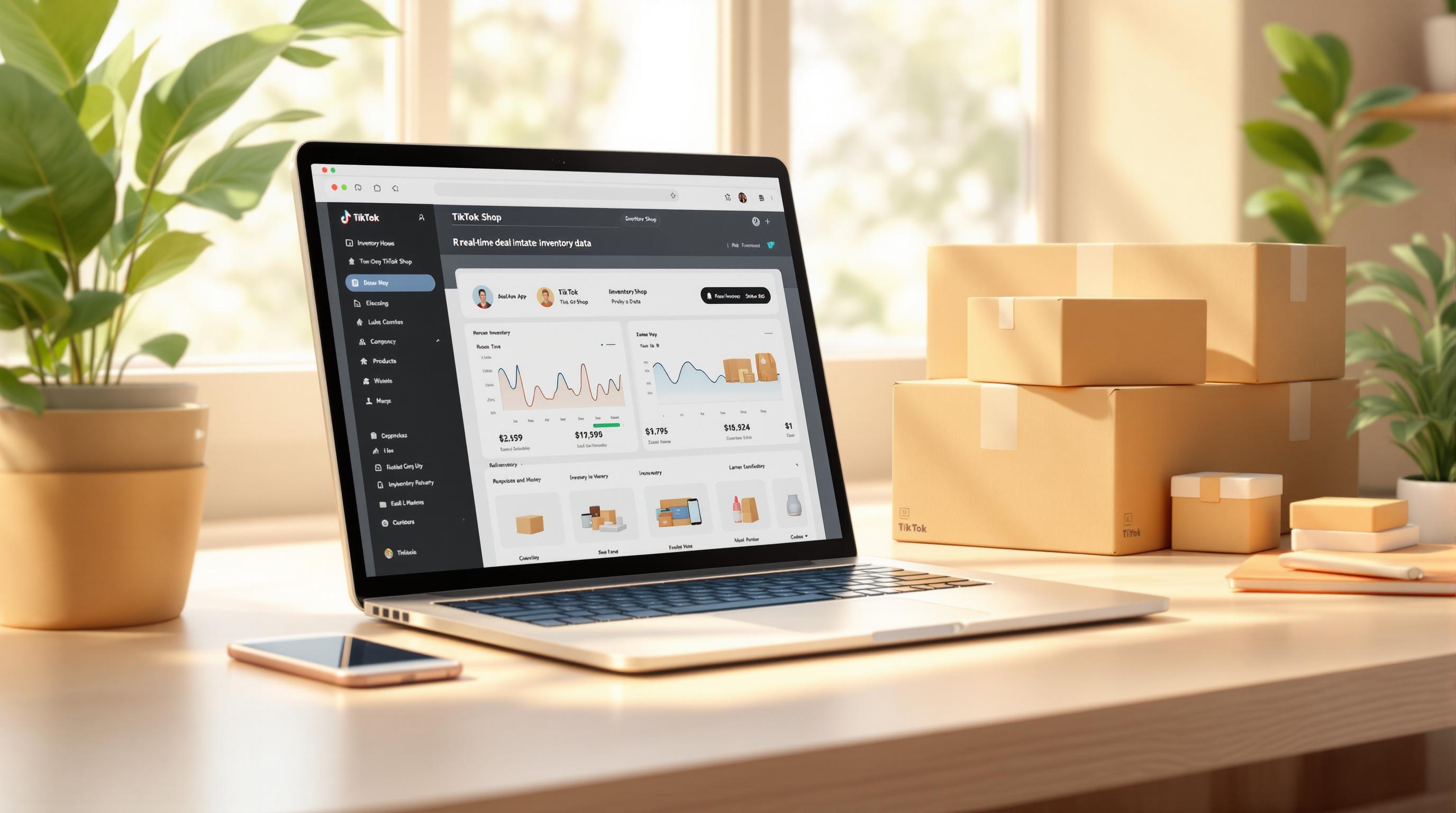


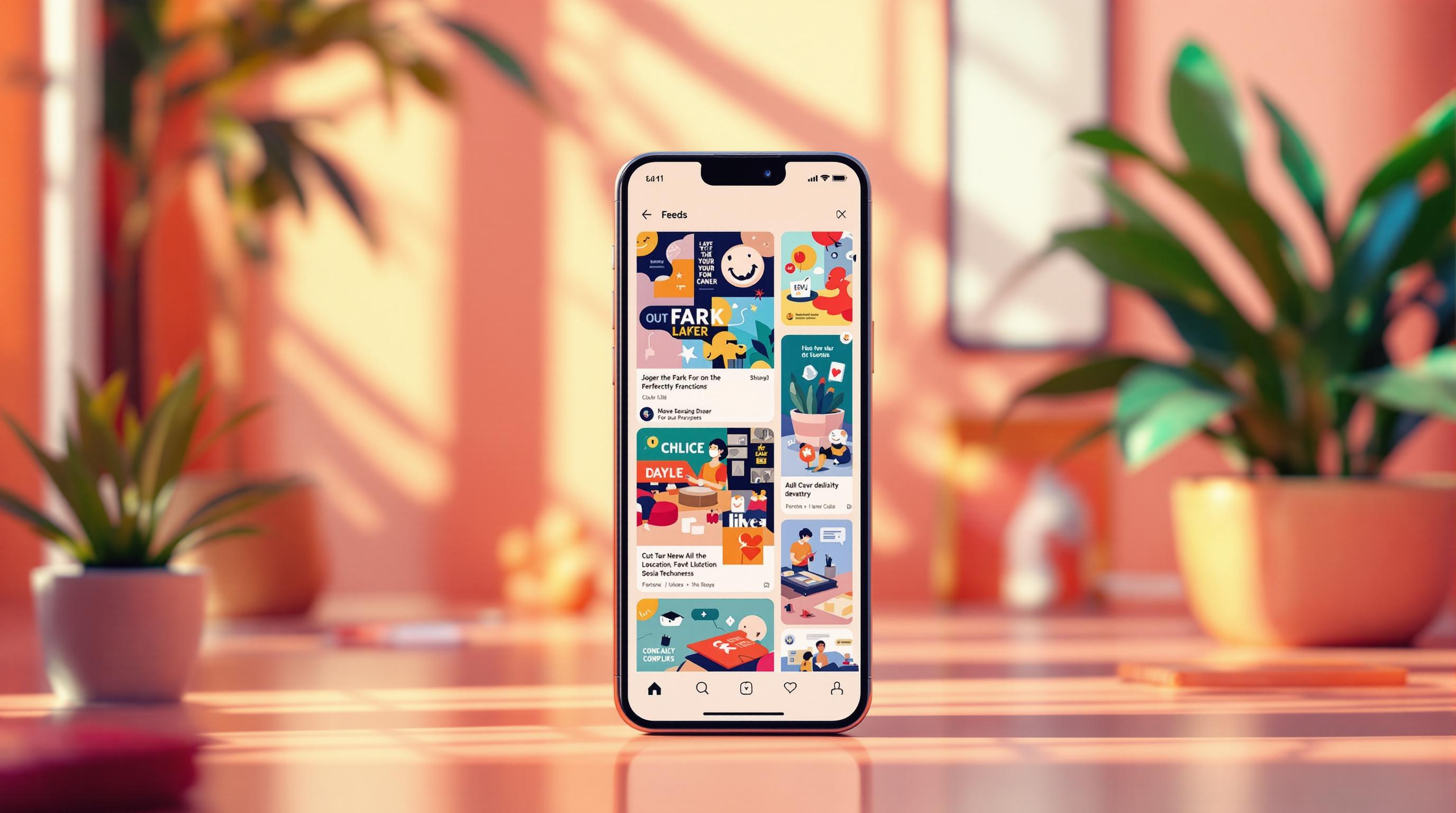
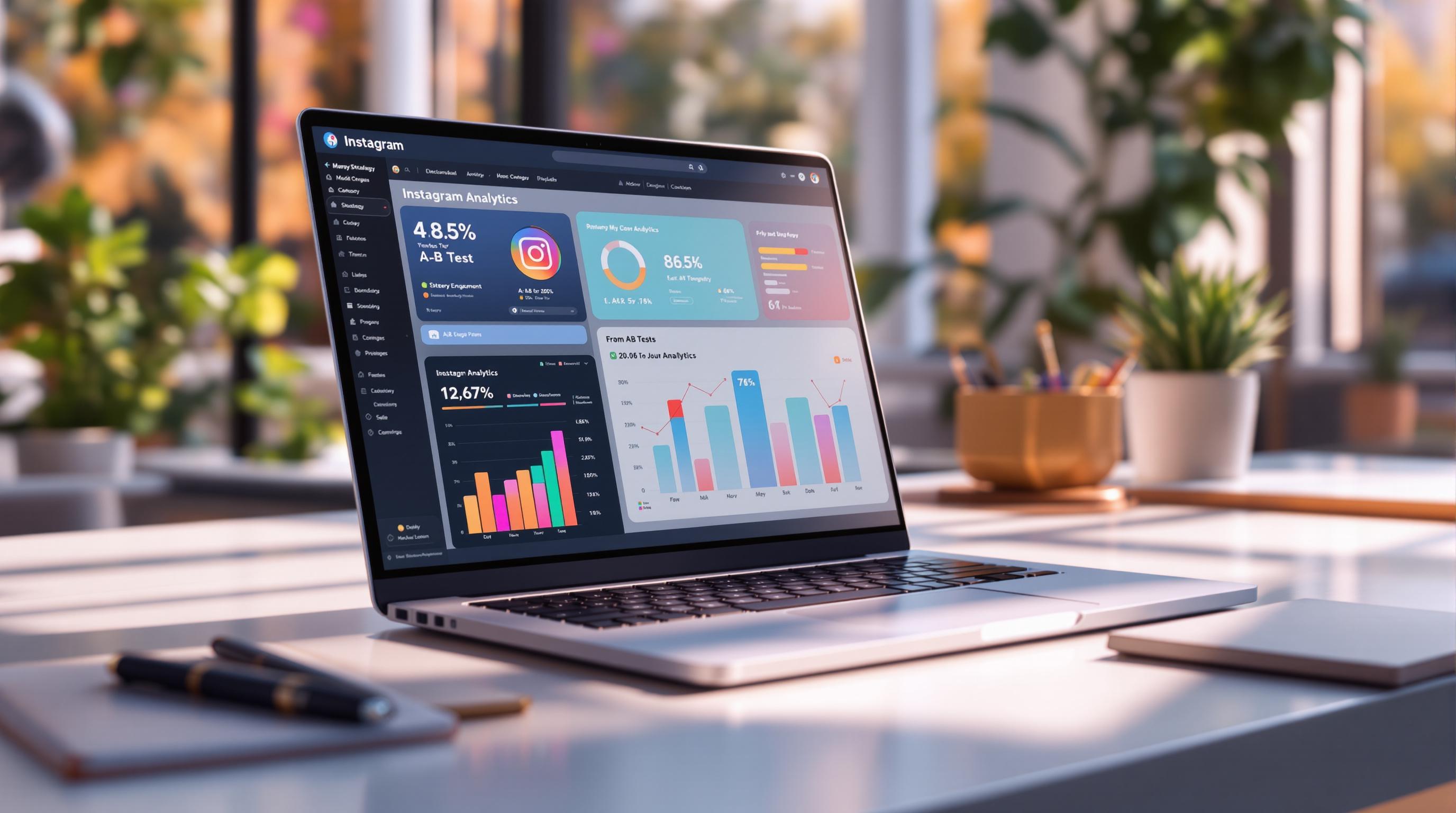
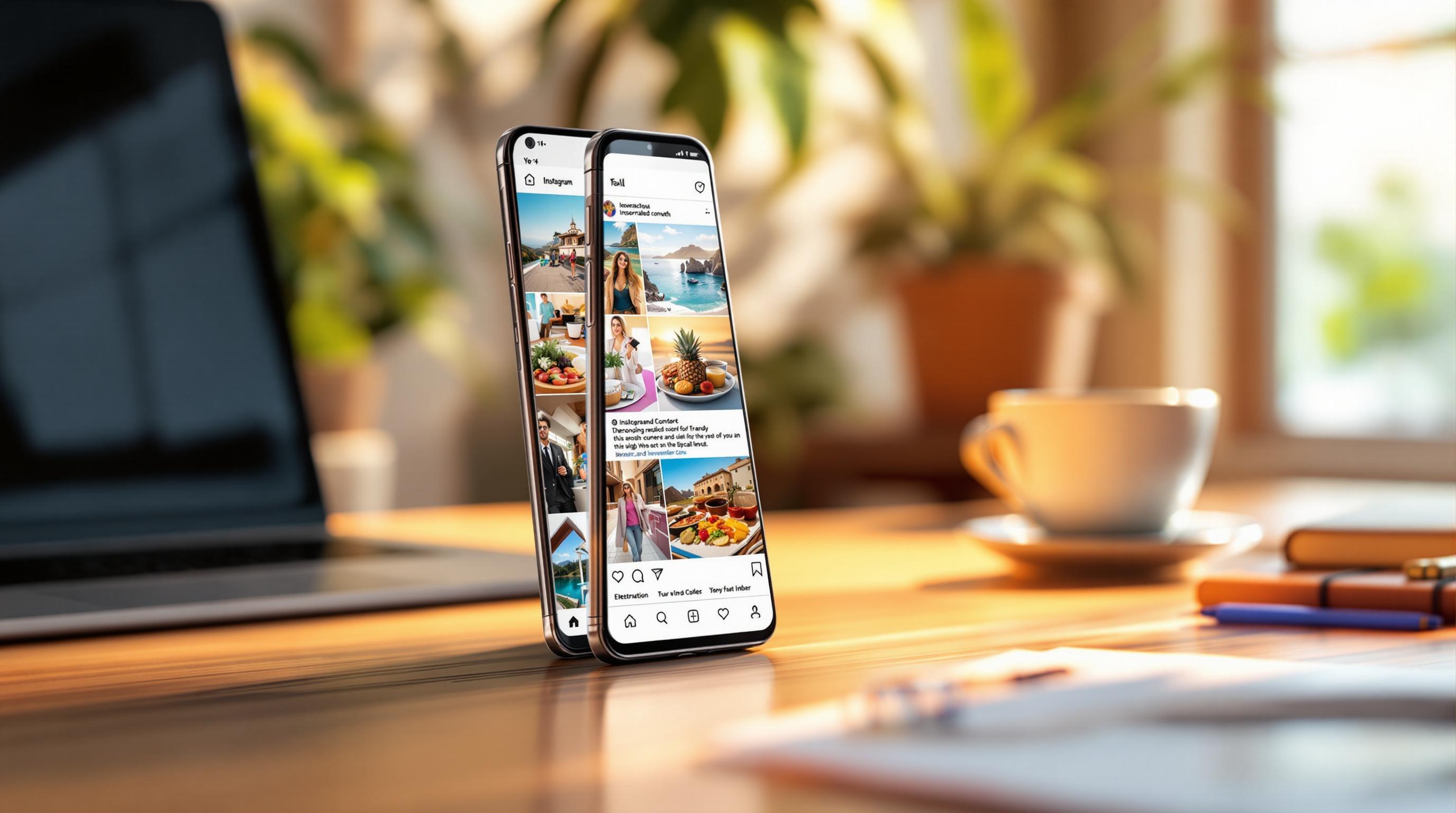

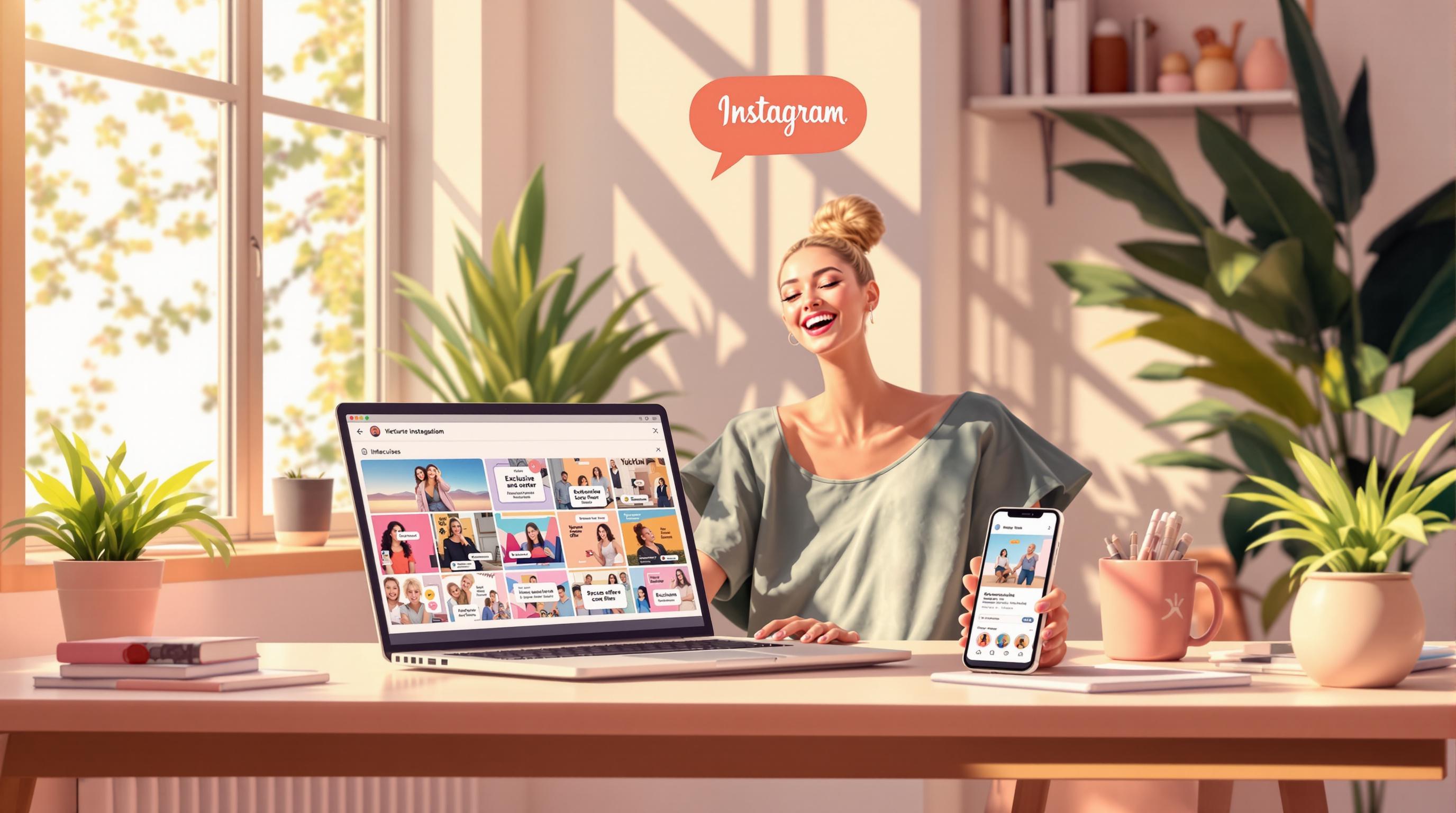

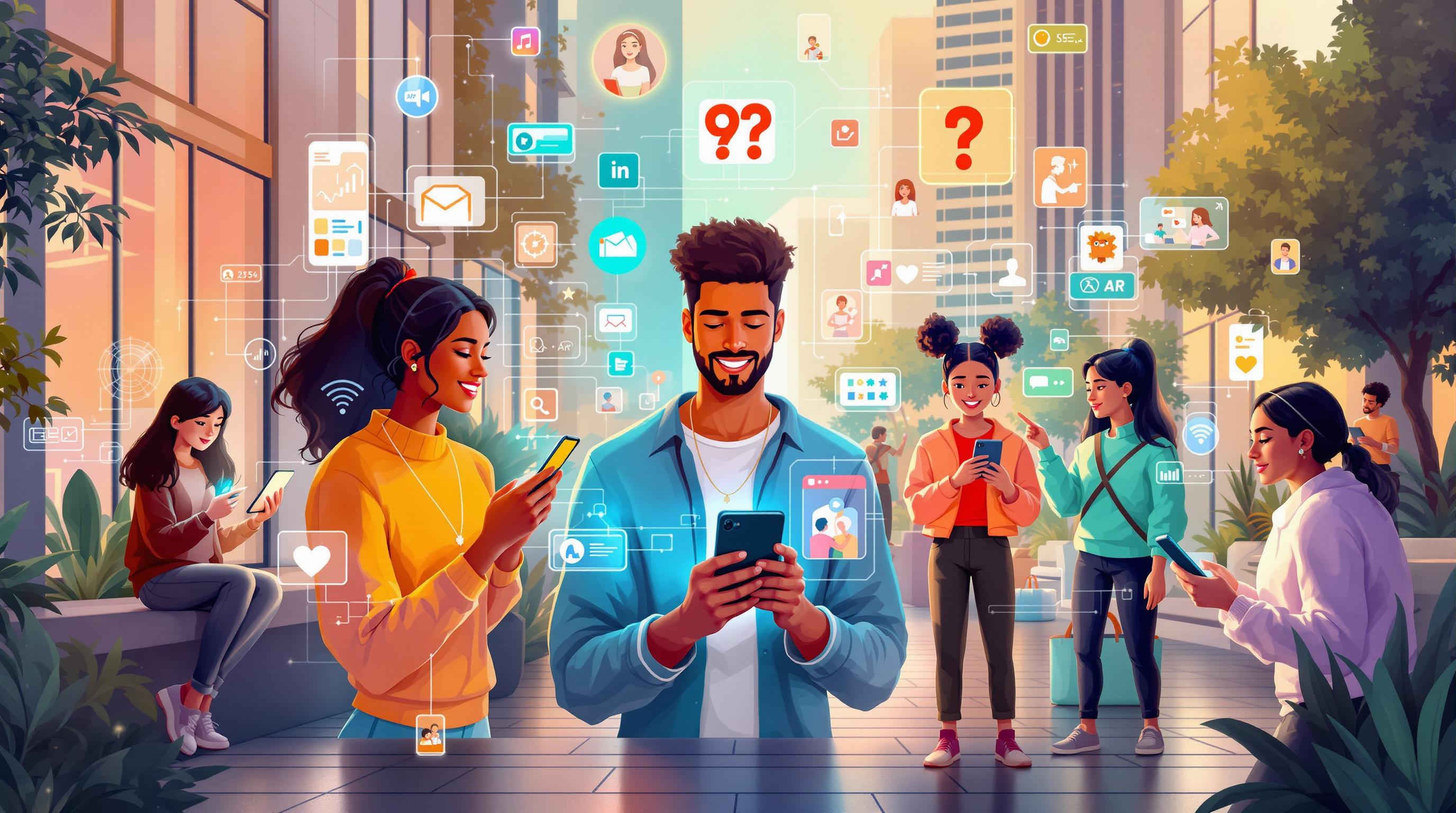
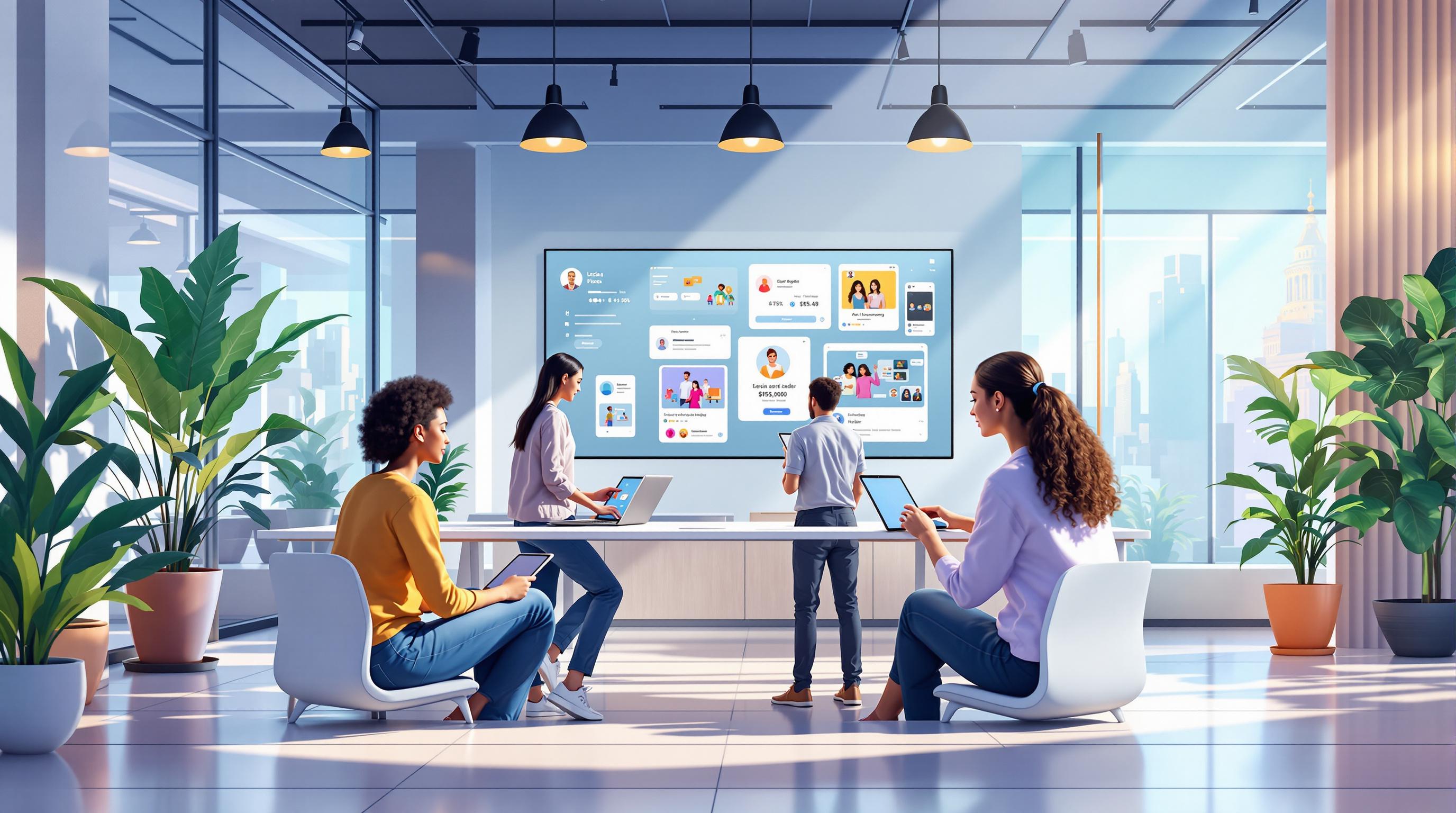
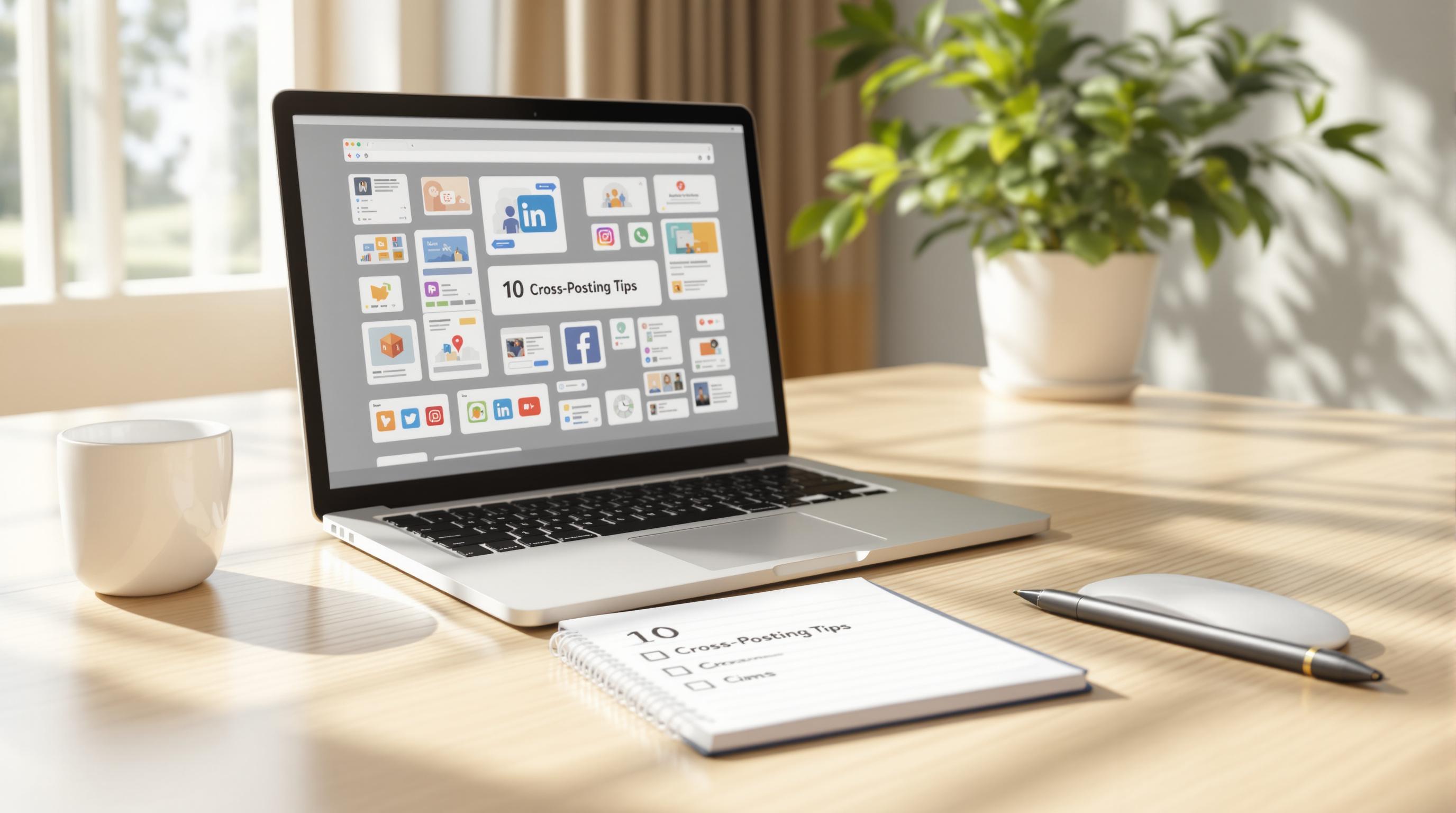
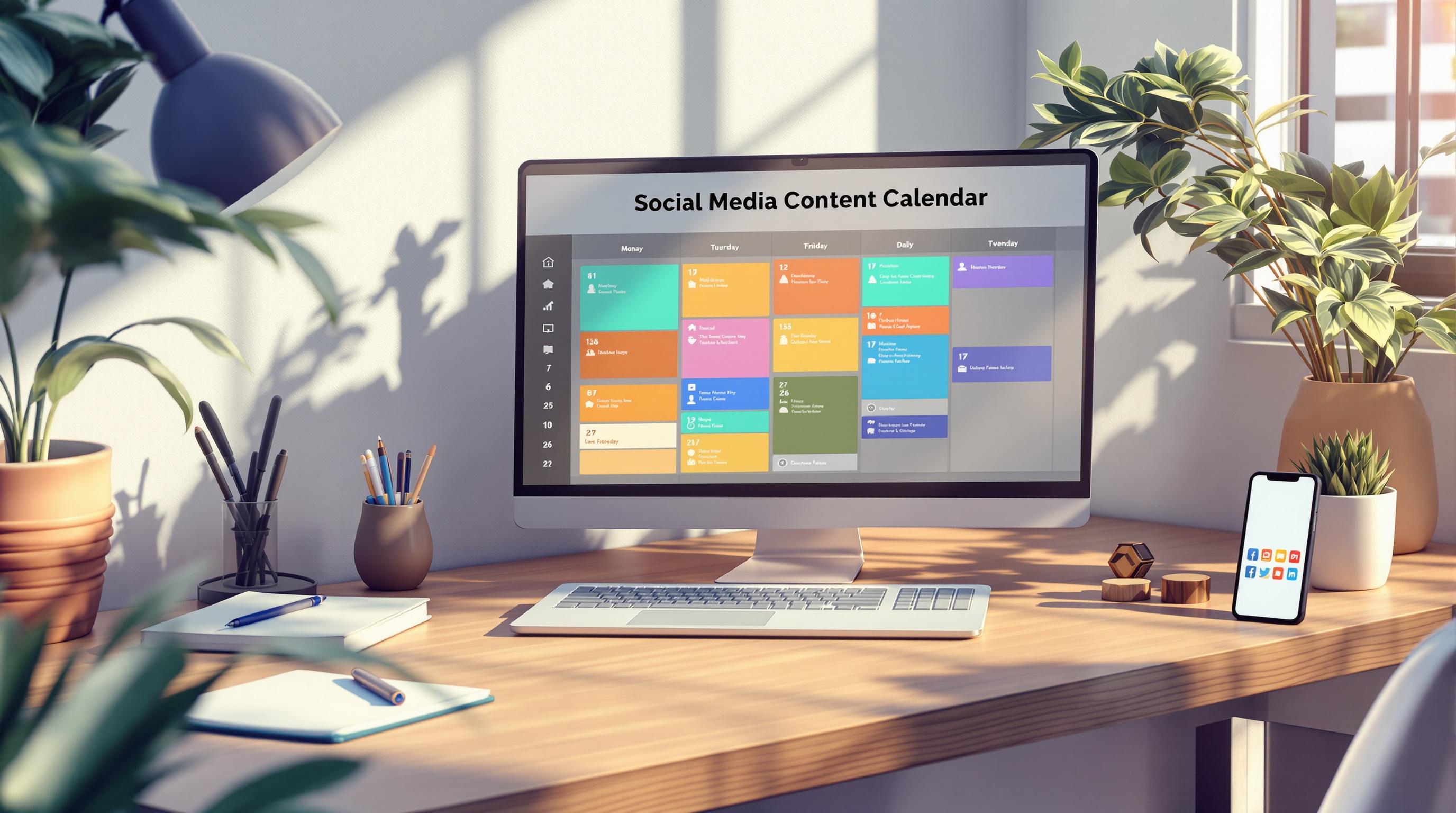


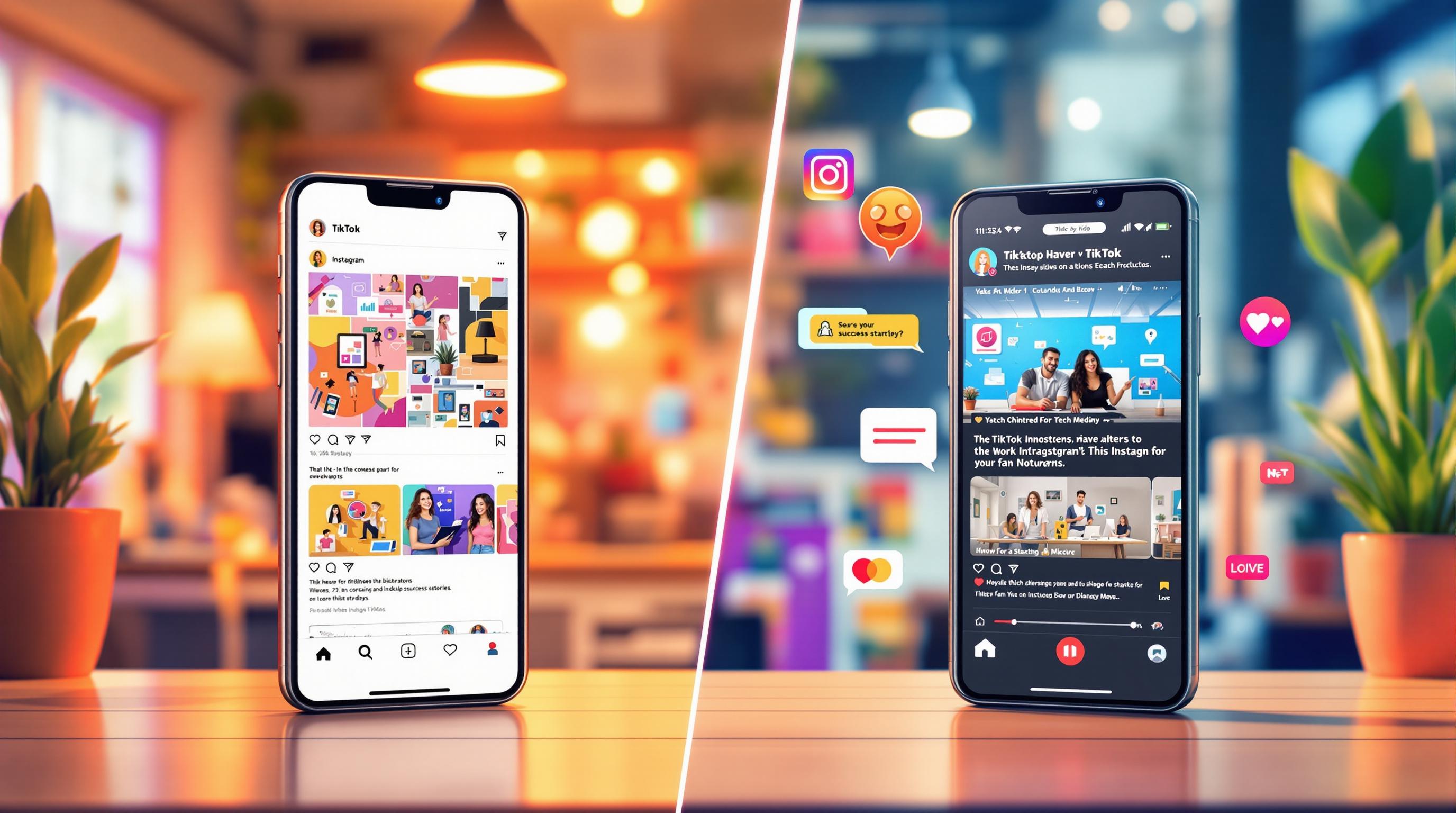
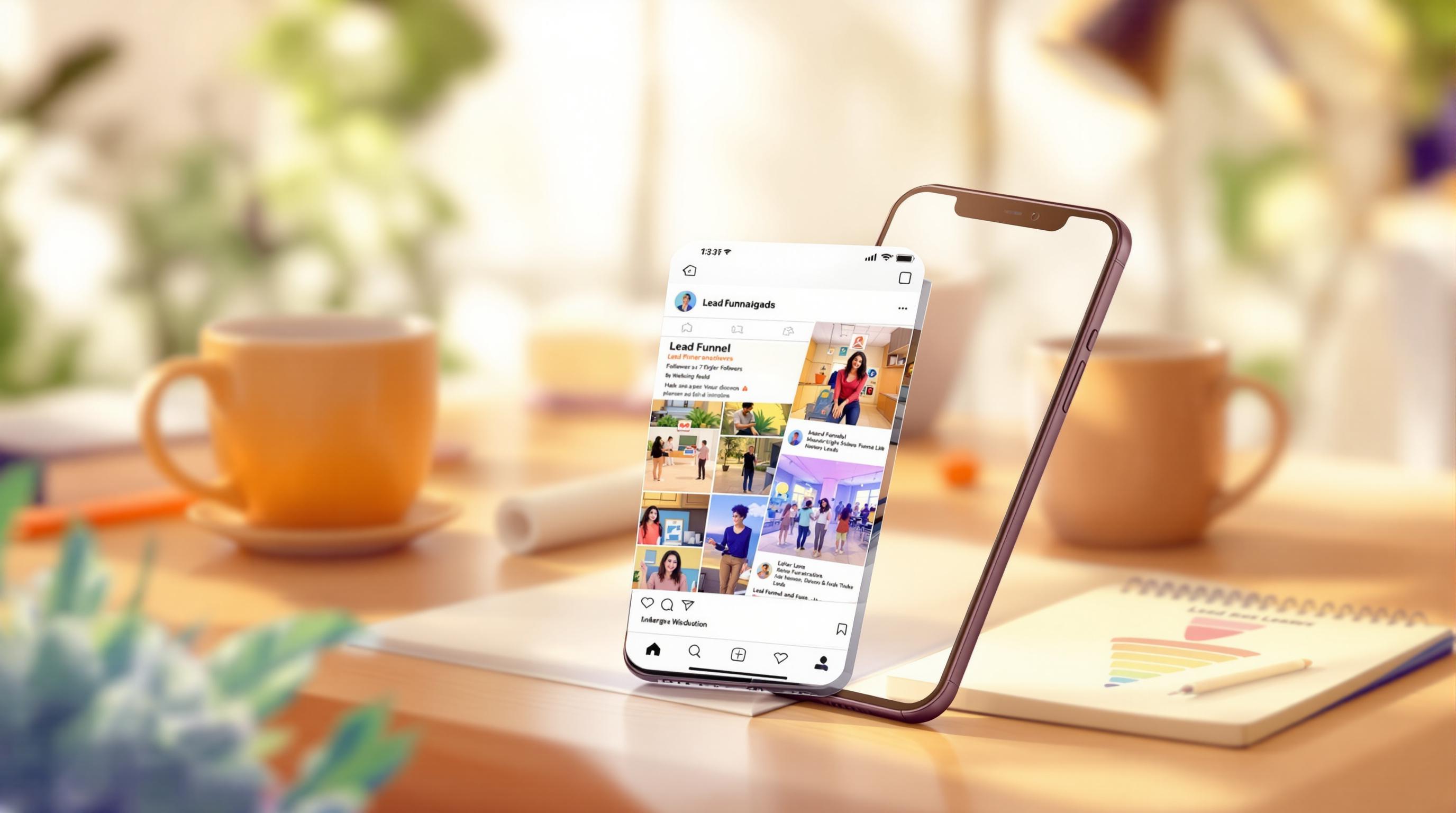

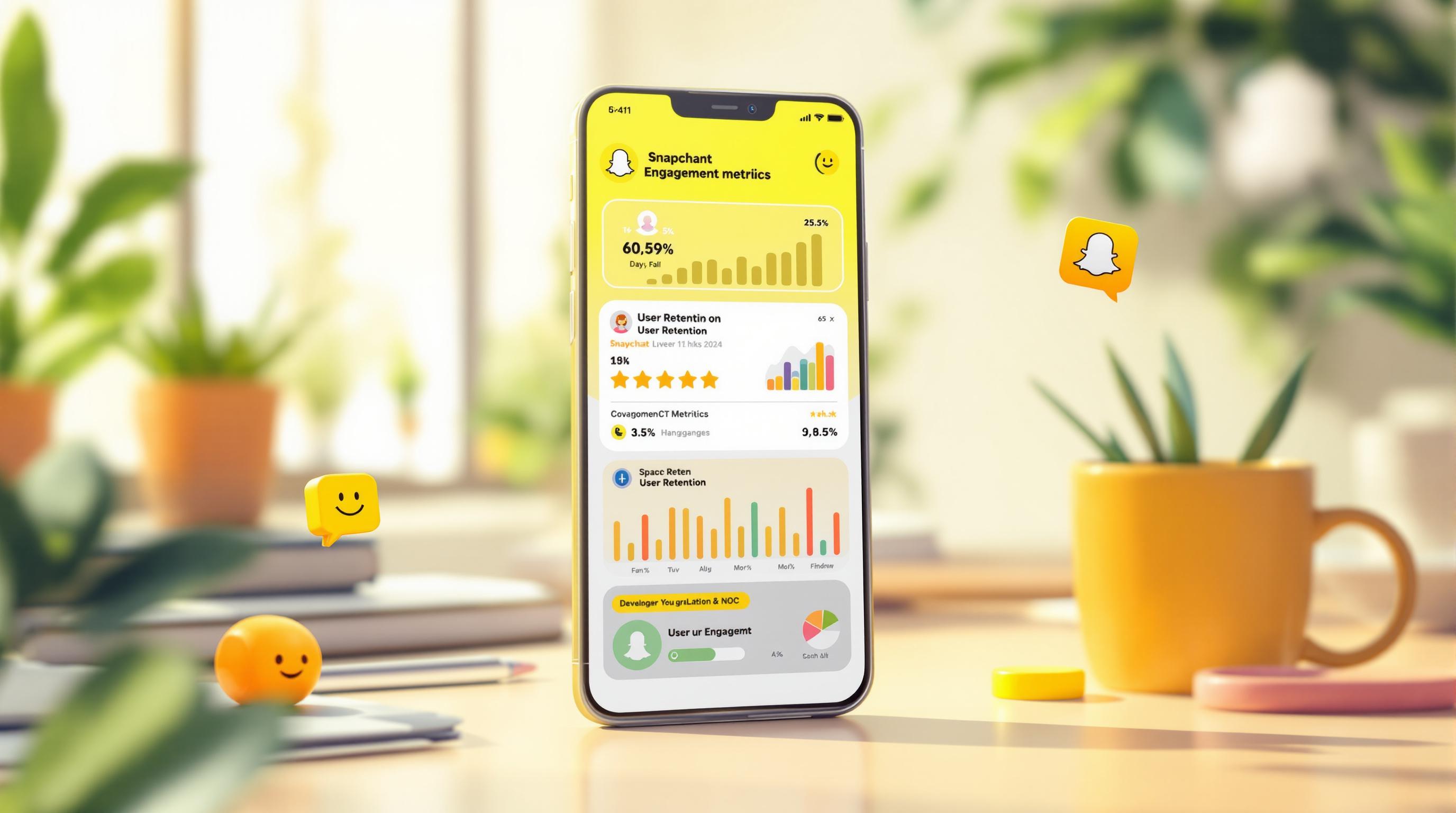
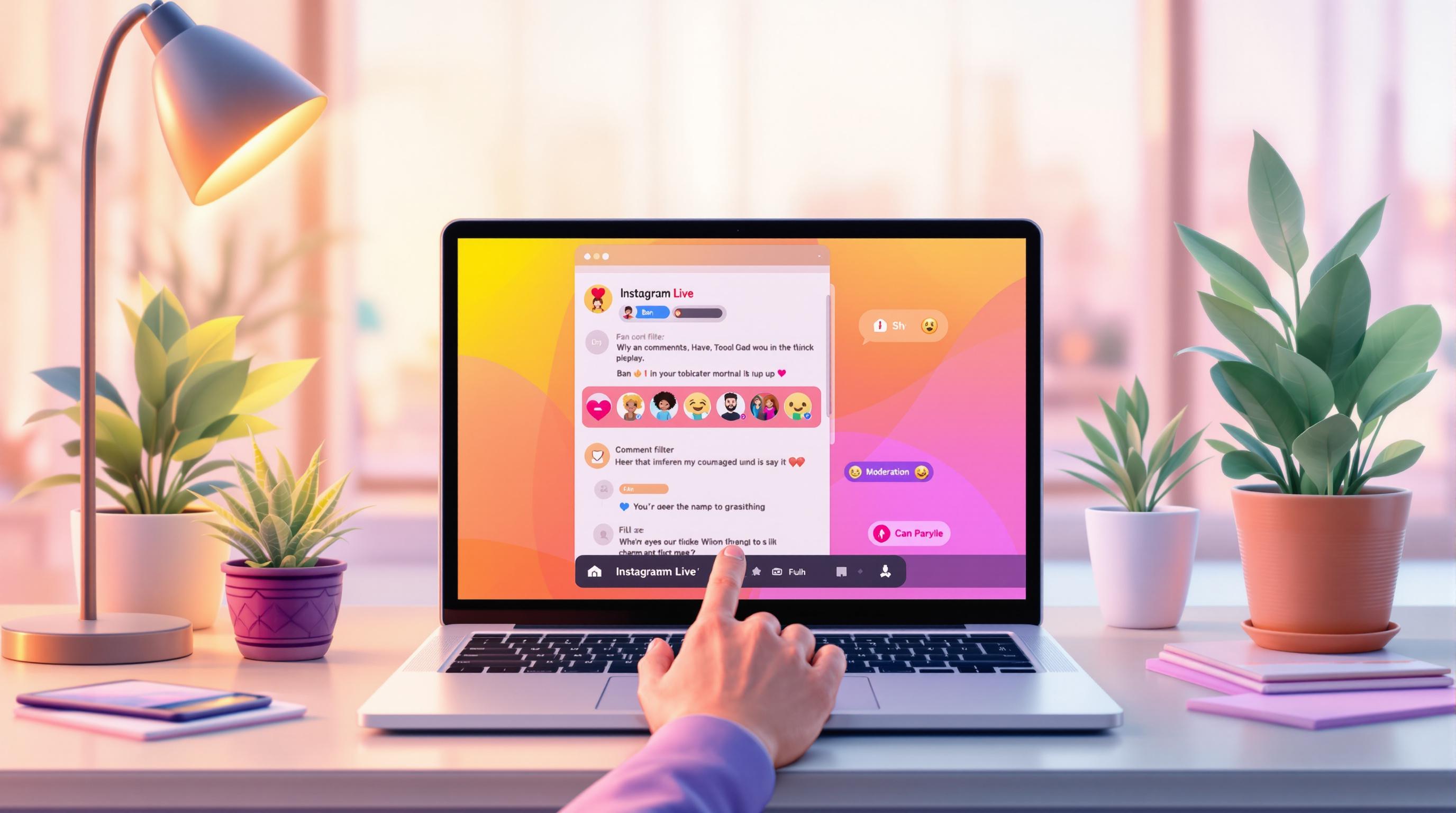

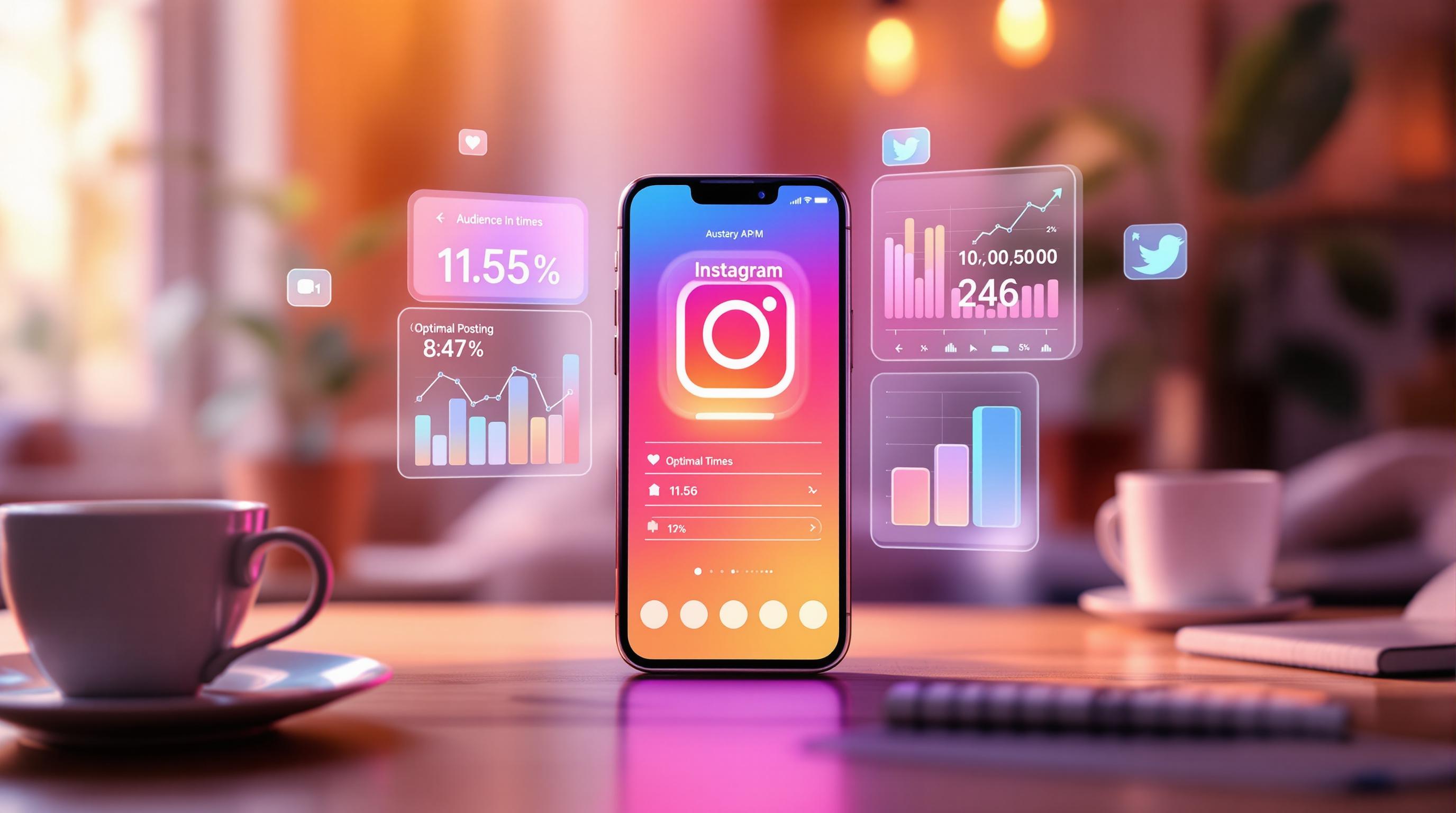
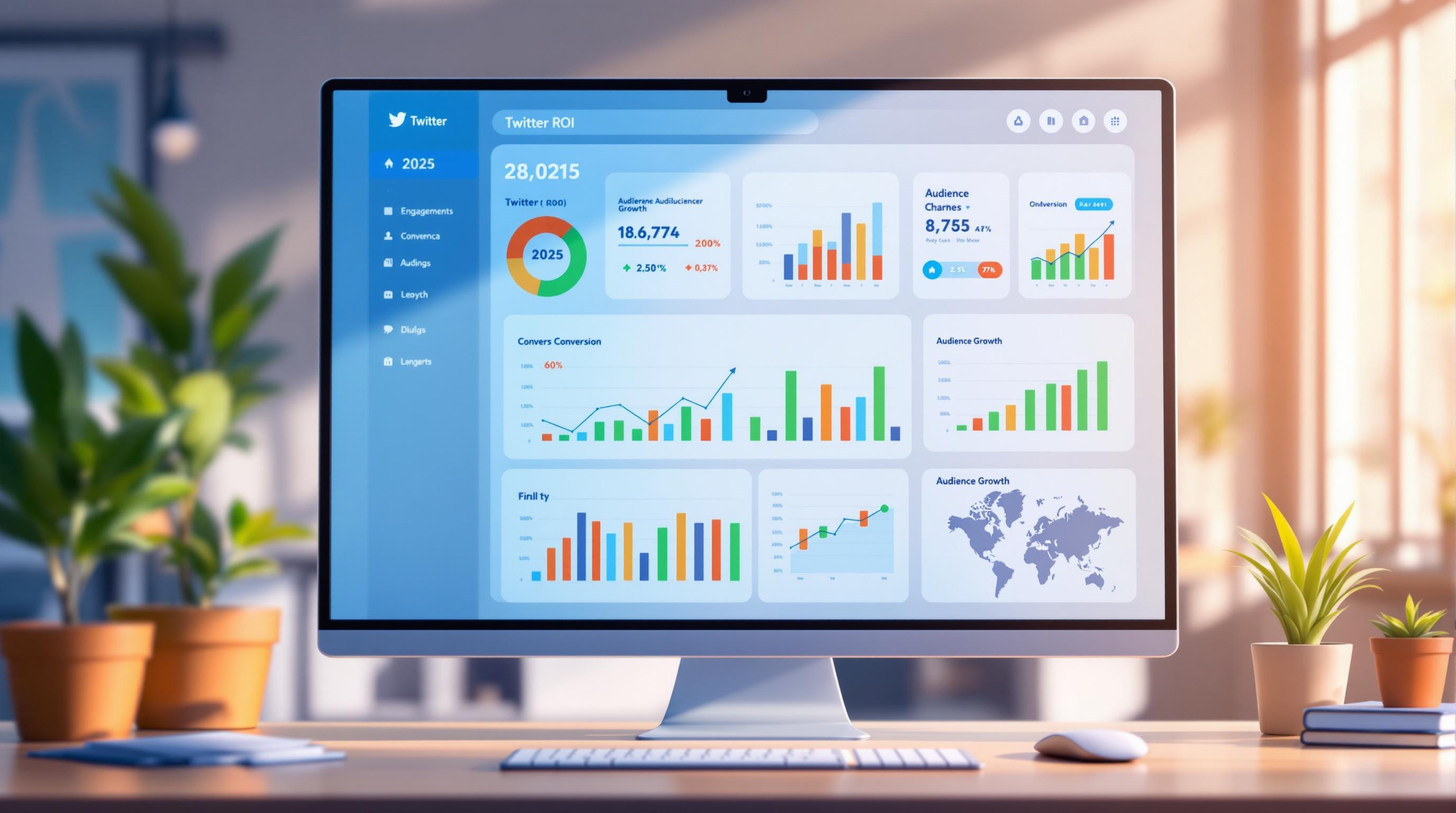
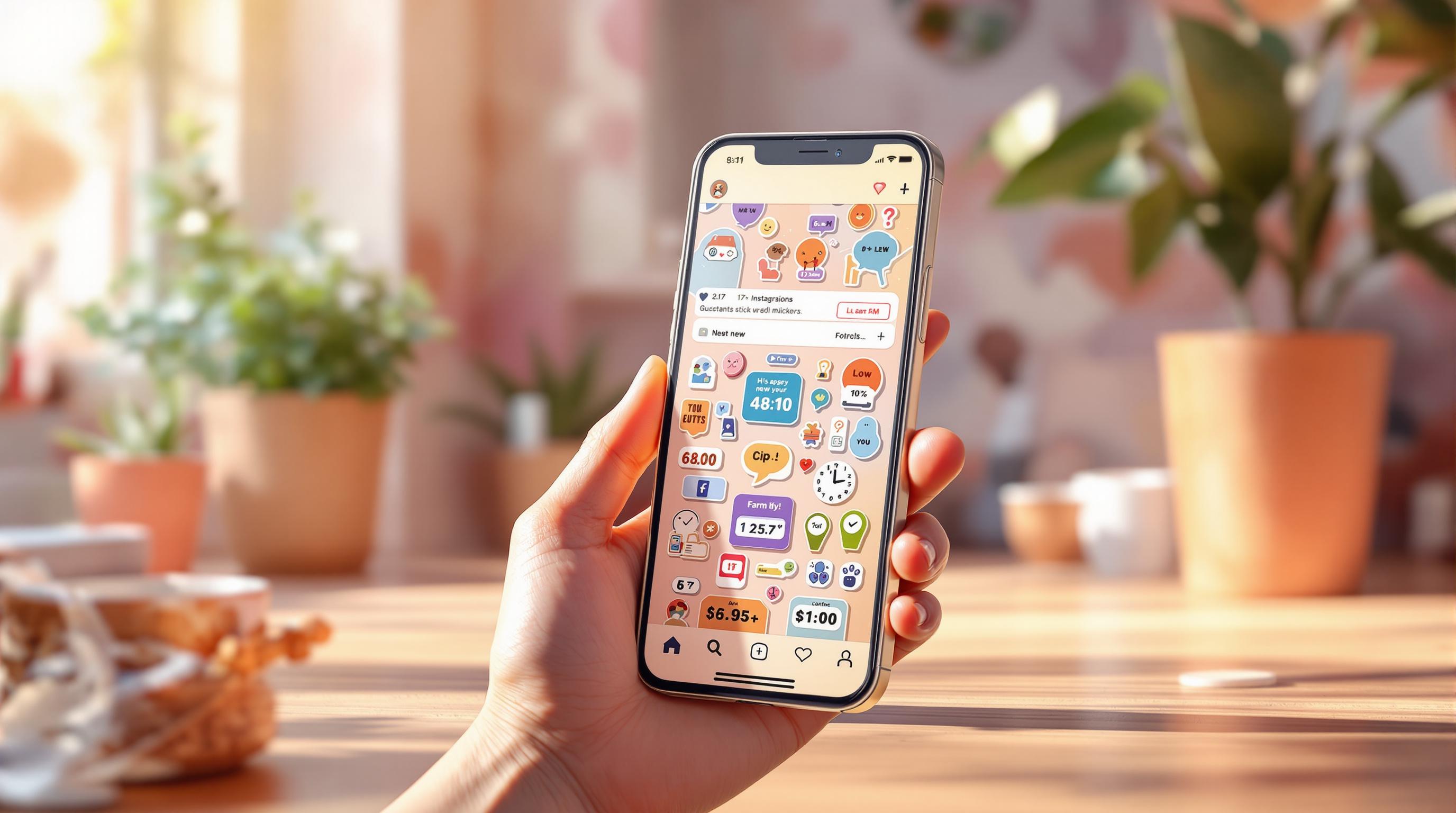
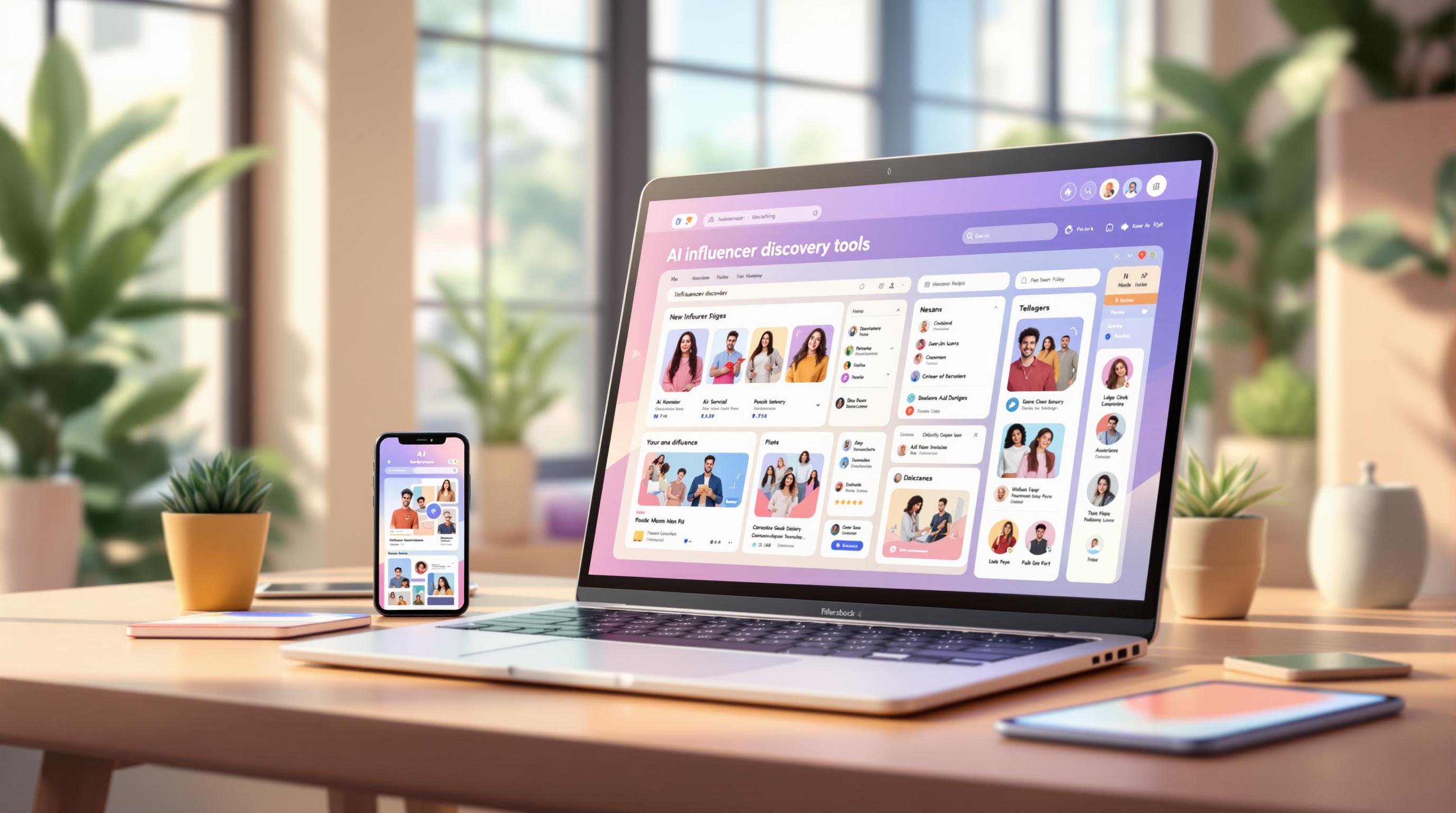


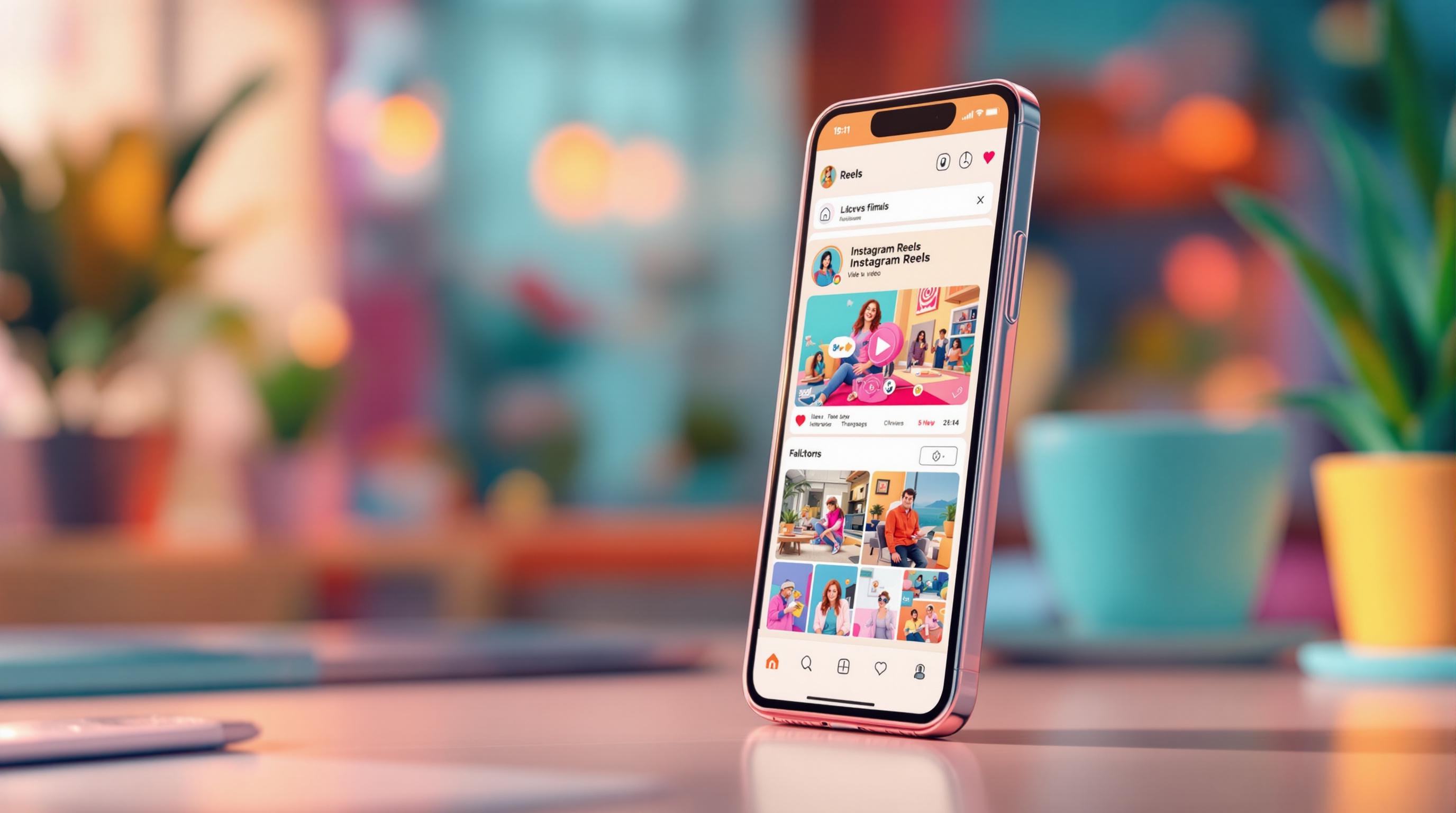
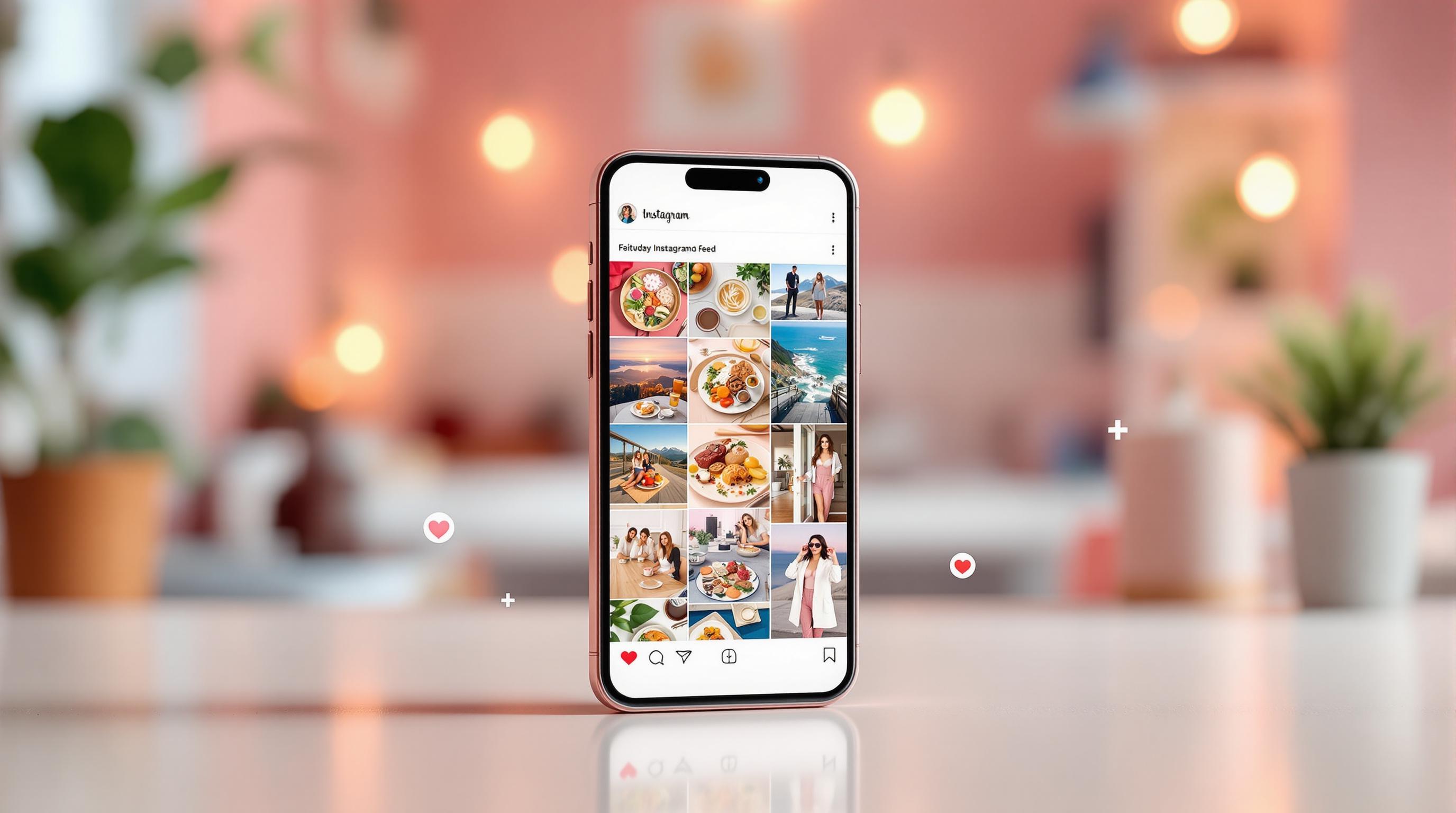

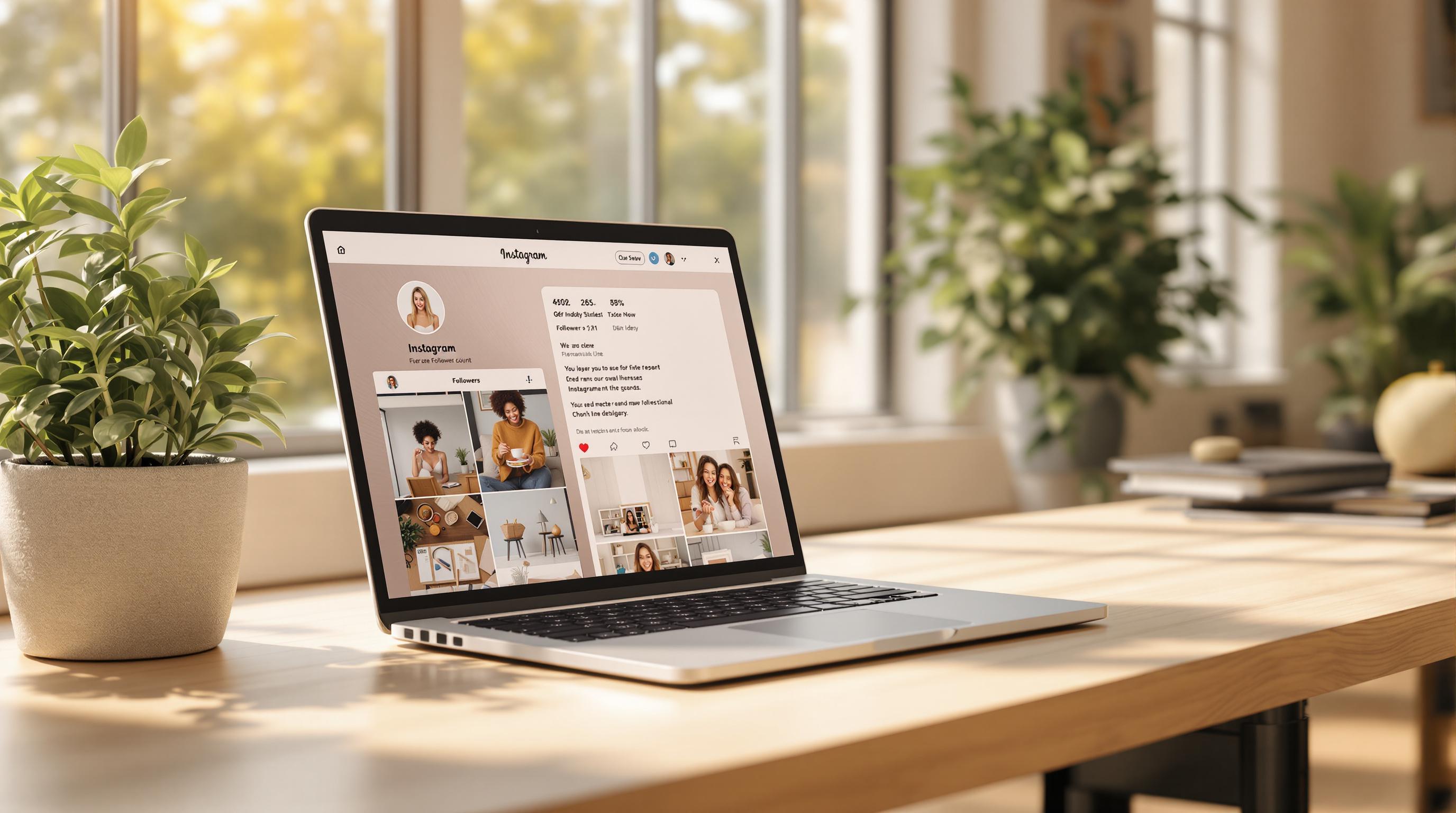

![Top 7 Best Instagram Growth Services in 2025 [RESULTS]](/cdn-cgi/image/fit=contain,format=auto,width=null/https://cdn.prod.website-files.com/67840d1d88a886f29a66a4c1/6795d12917ee4501b9eddf73_6795c731964f791db3b566c4-1737870861582.jpg)
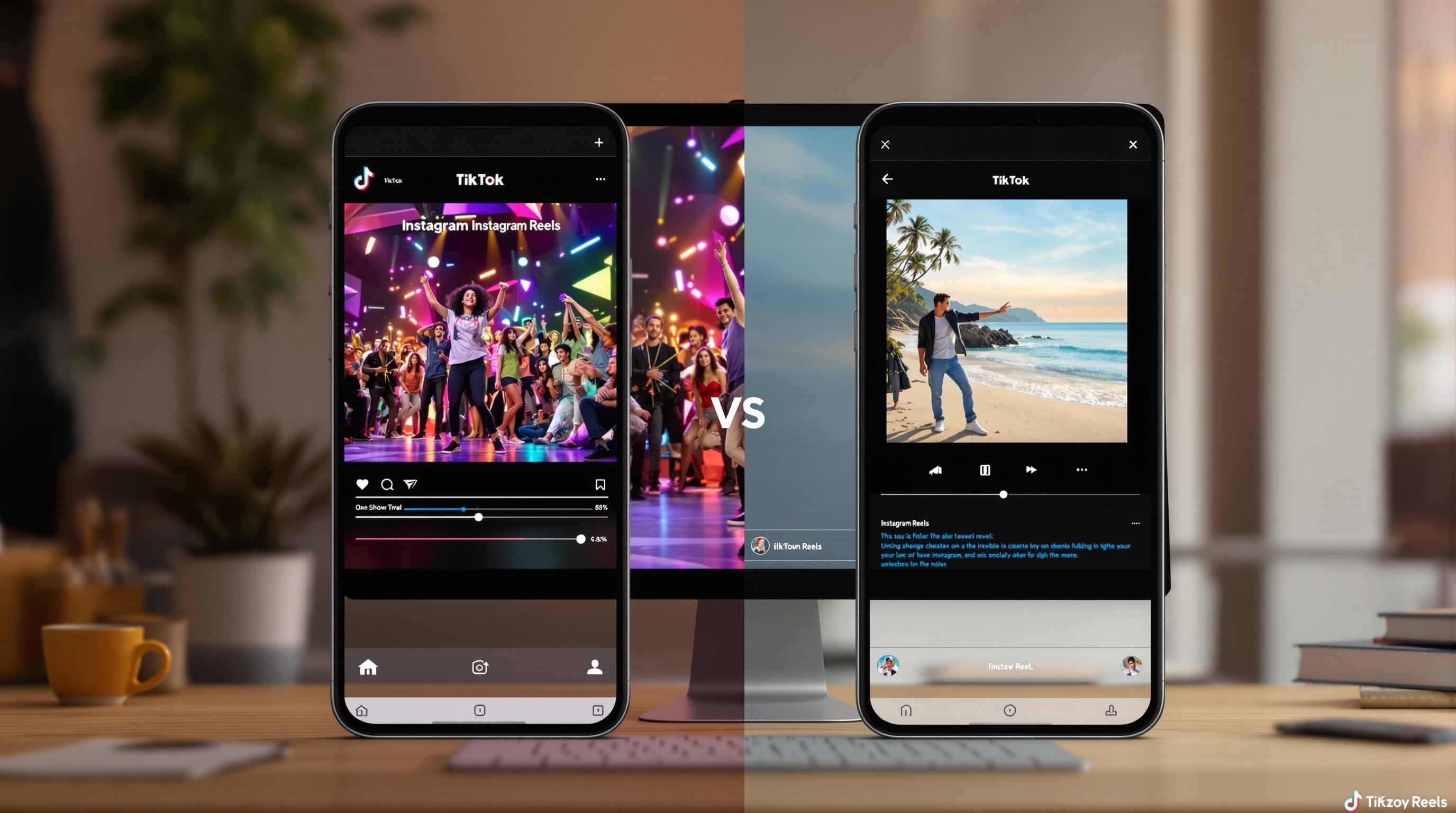
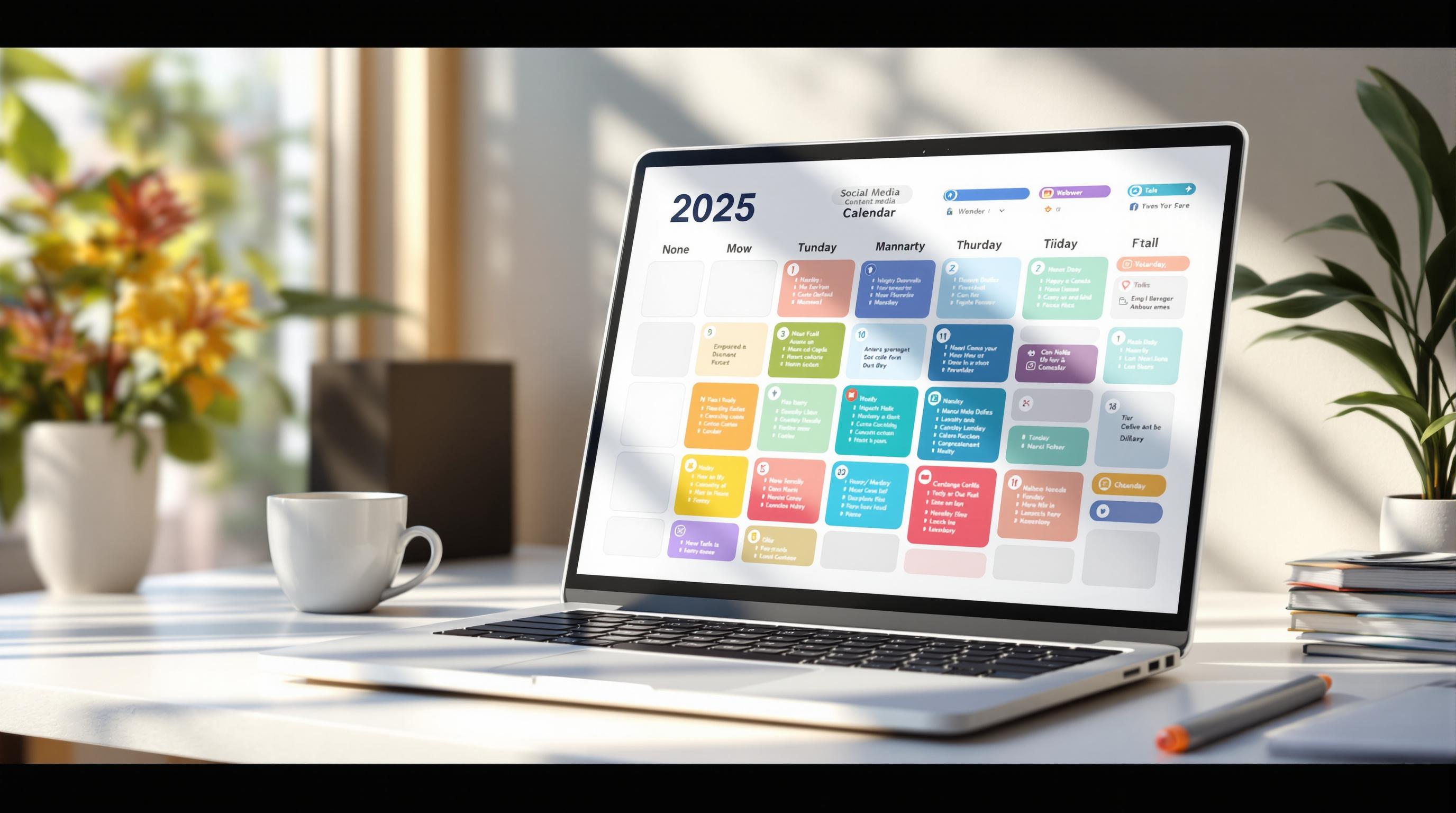
![UpGrow Review – The Best Instagram Growth Service in 2025 [TESTED]](/cdn-cgi/image/fit=contain,format=auto,width=null/https://cdn.prod.website-files.com/67840d1d88a886f29a66a4c1/6795040db42e404207732526_6794fd9c964f791db3b48de9-1737818779111.jpg)
